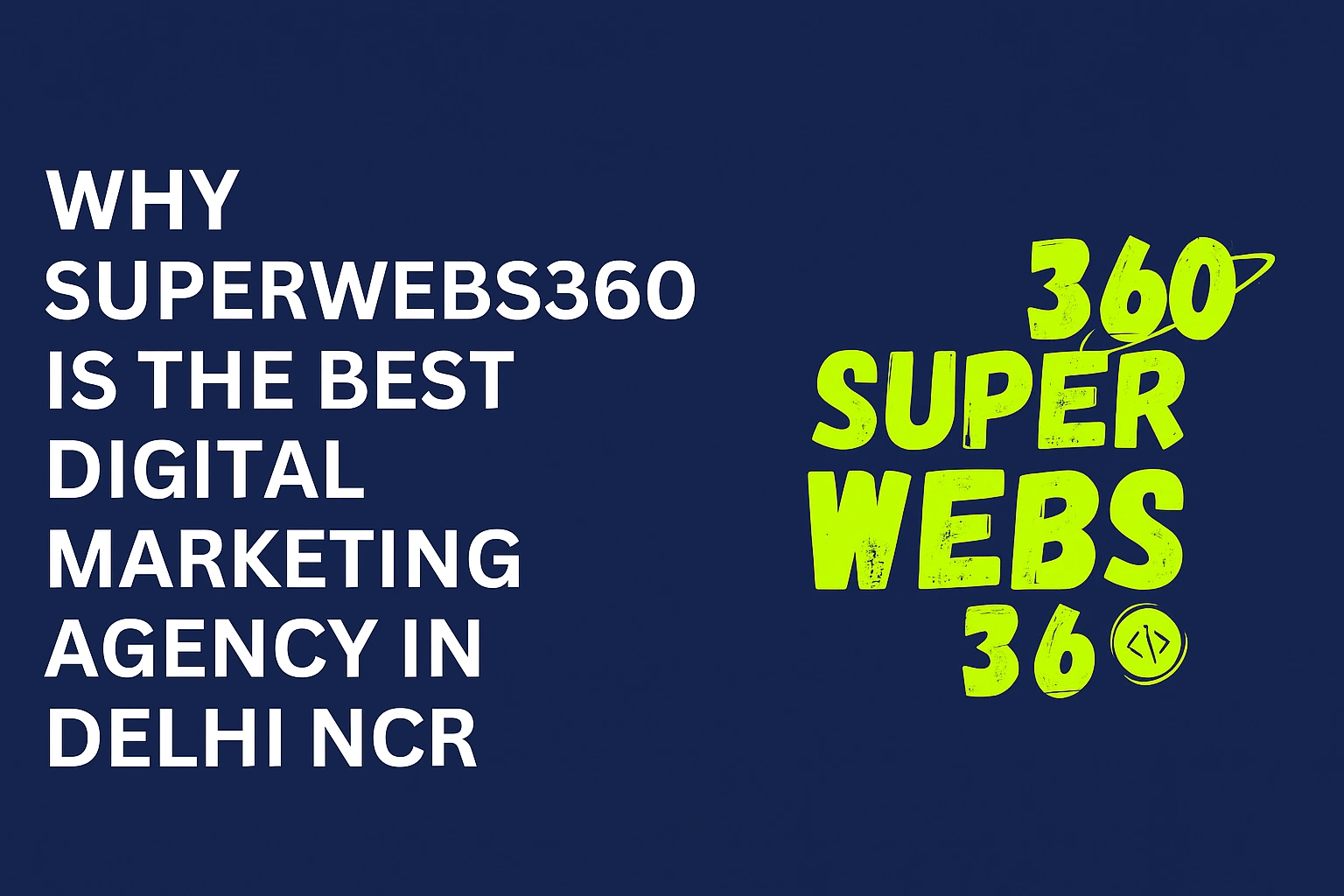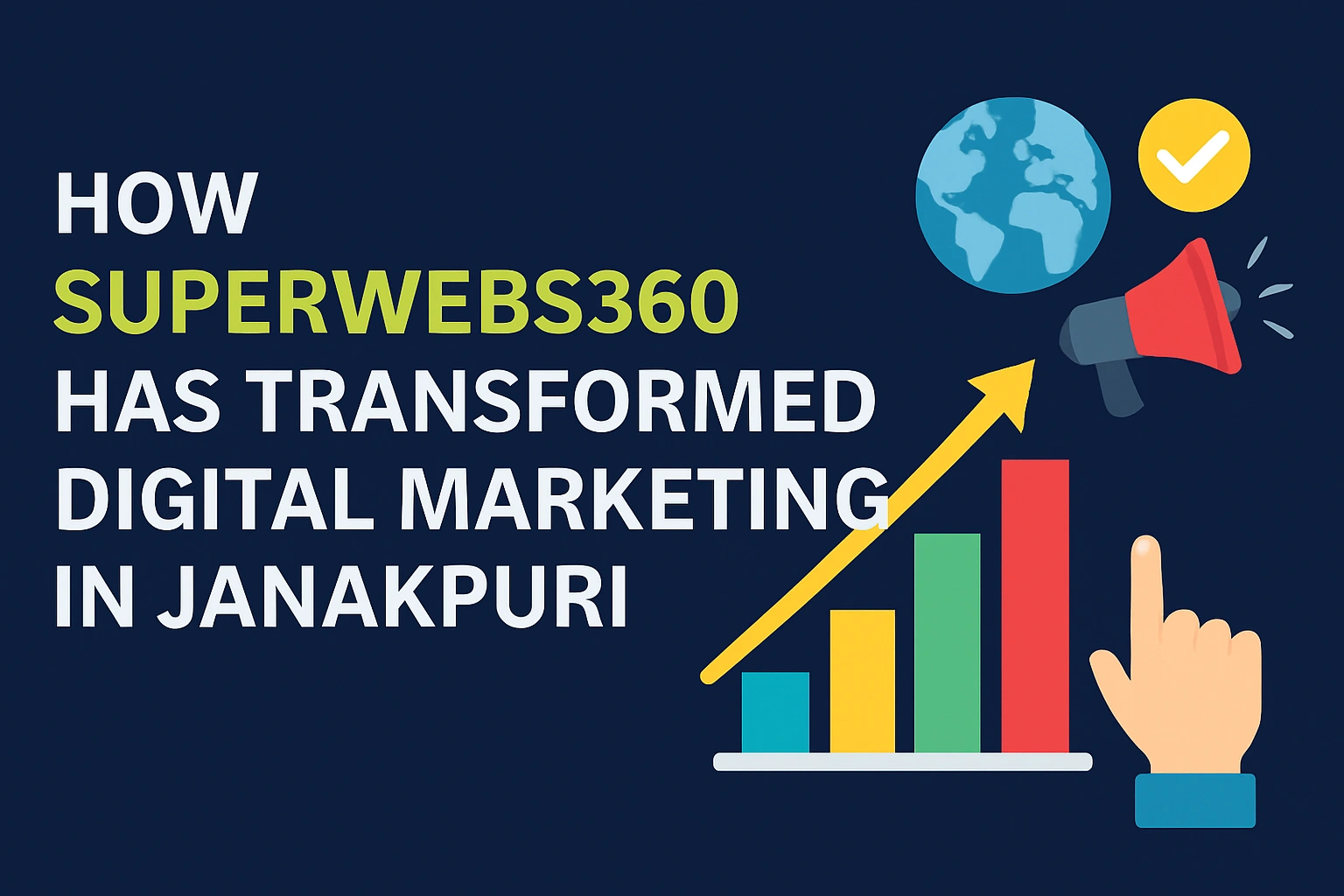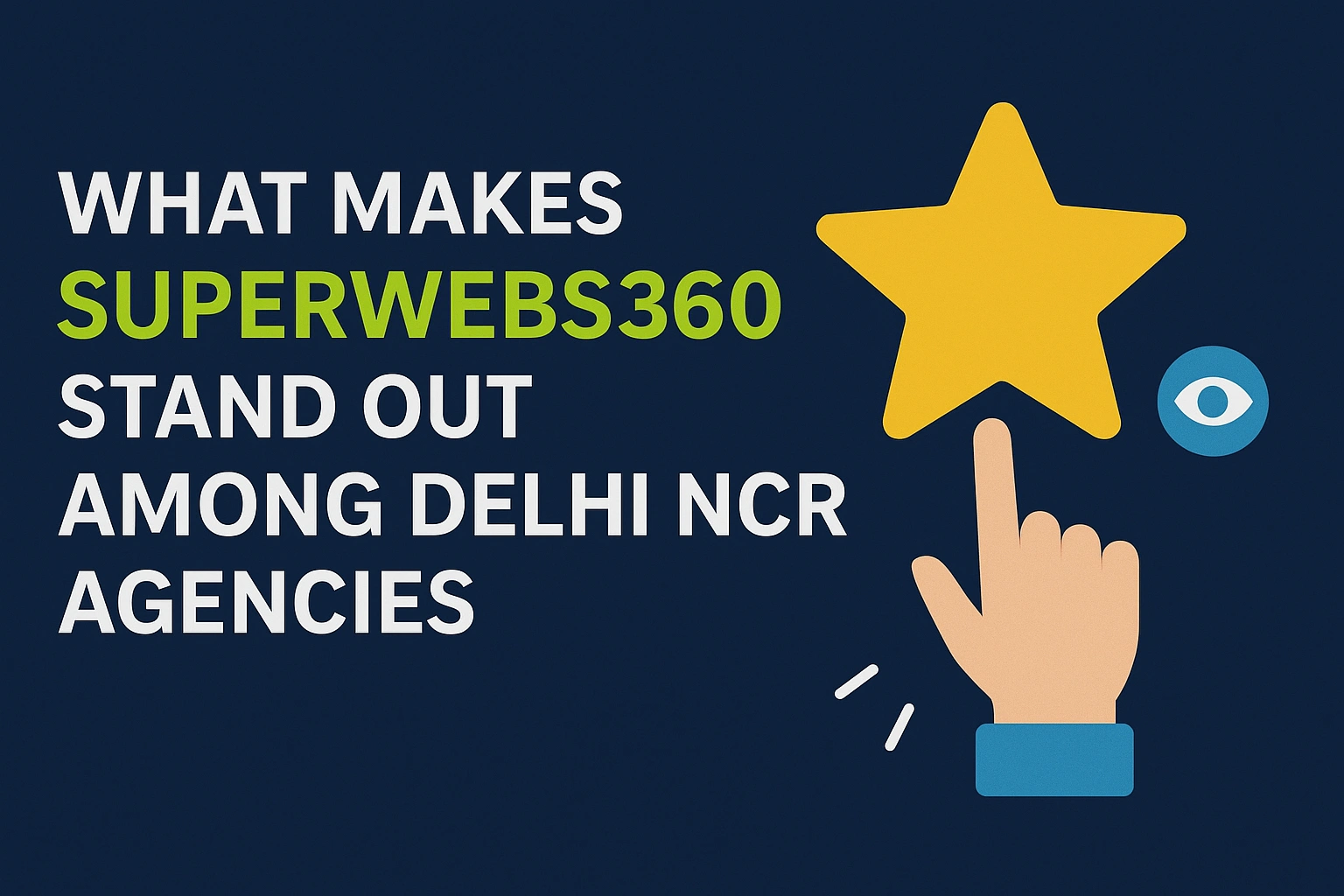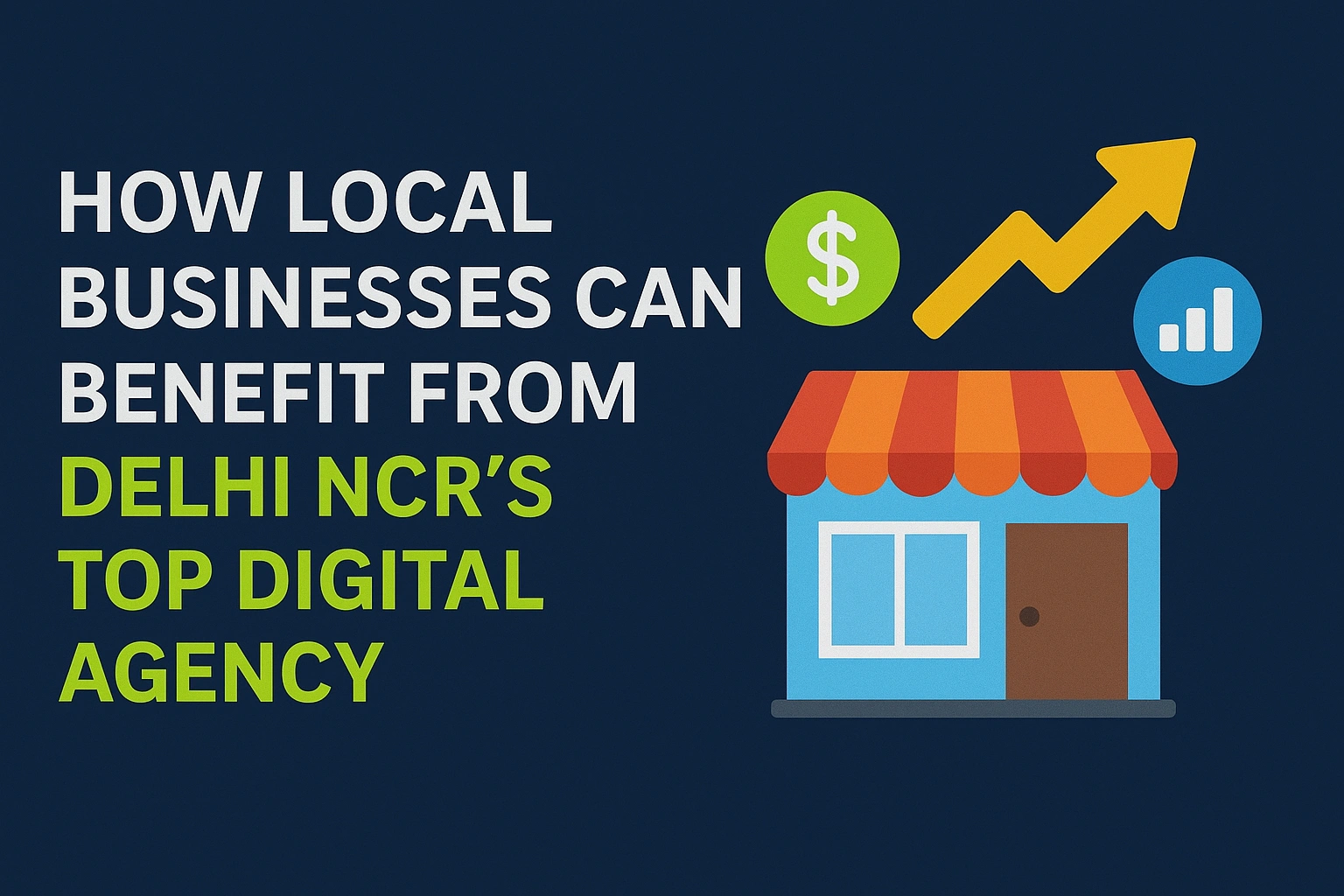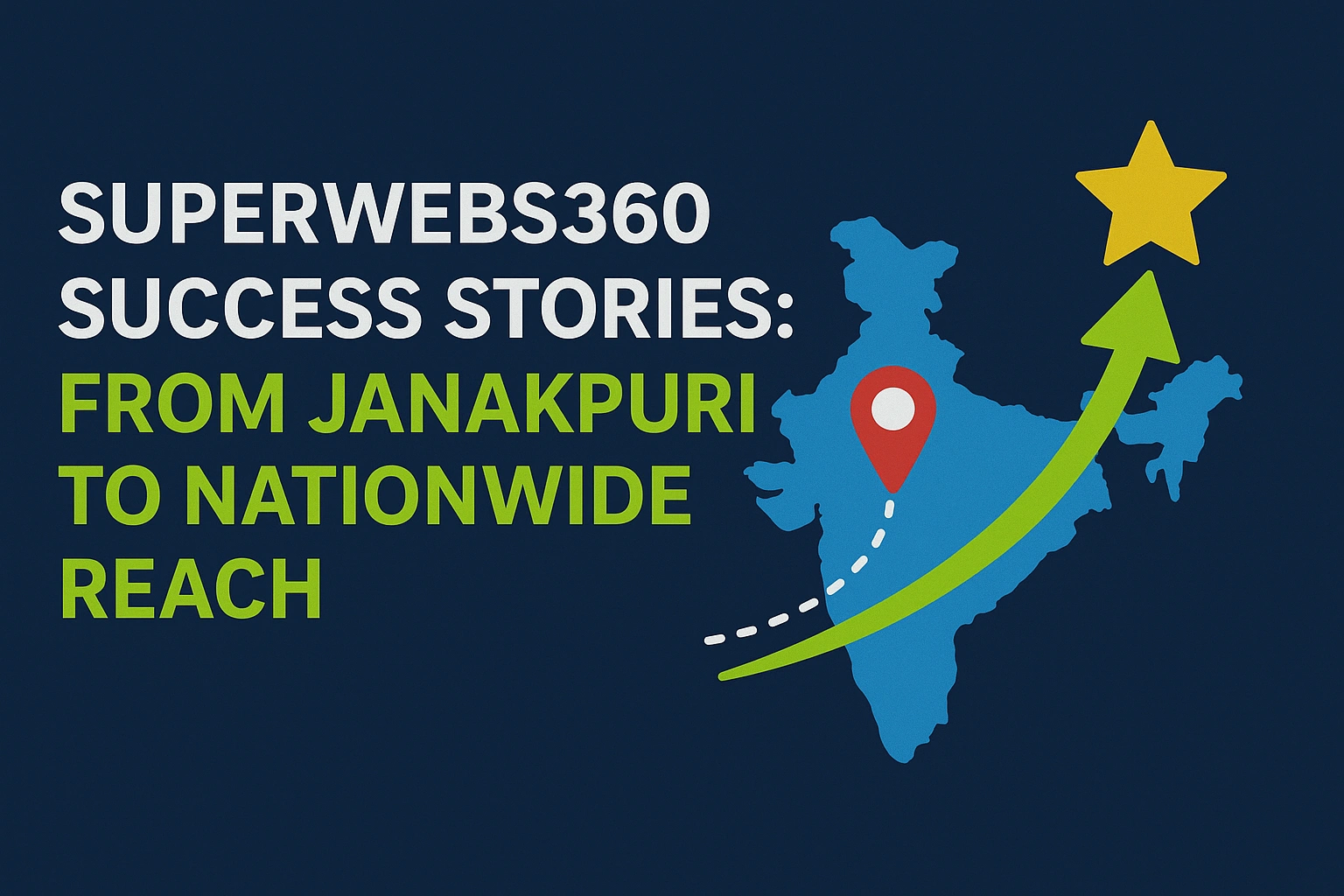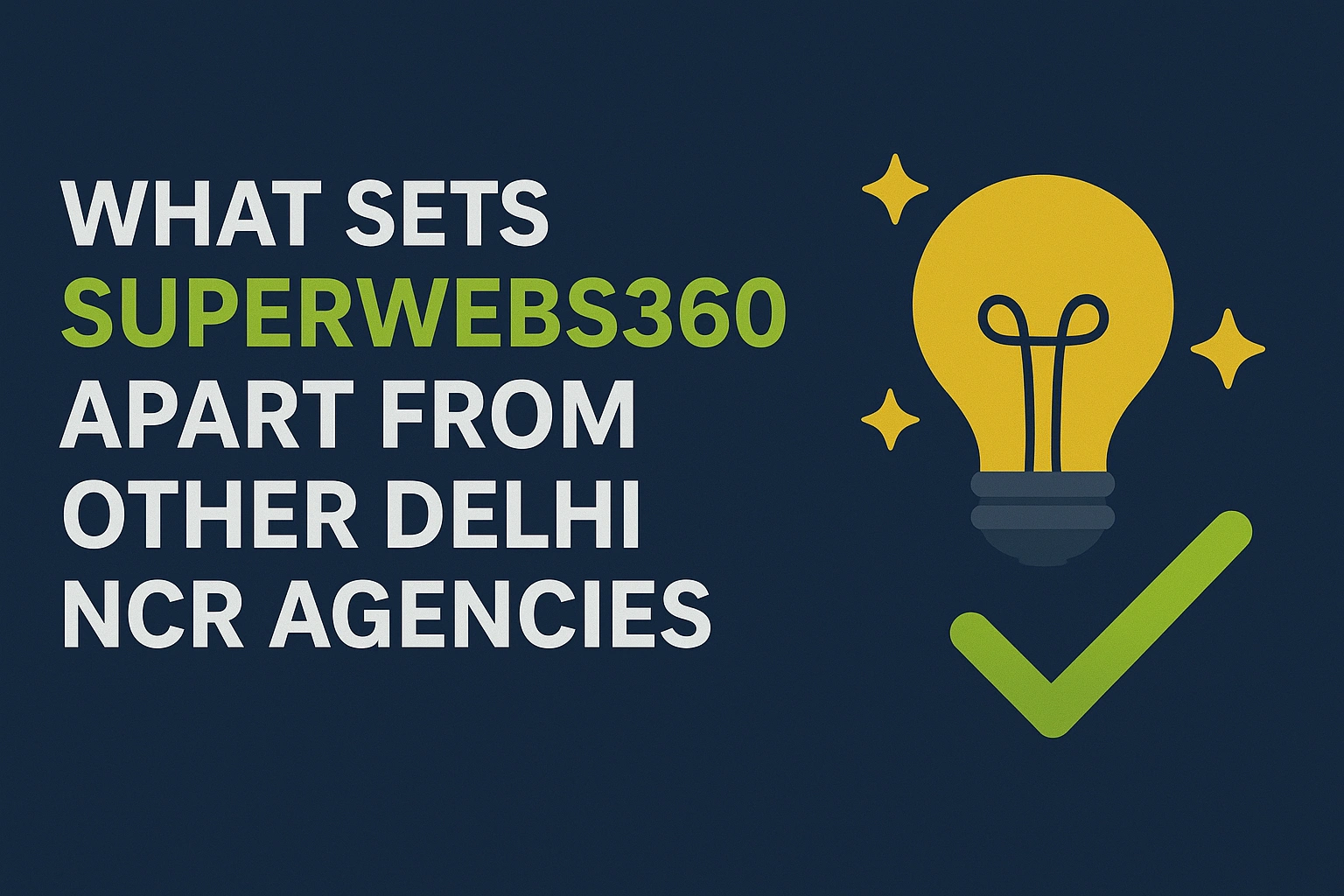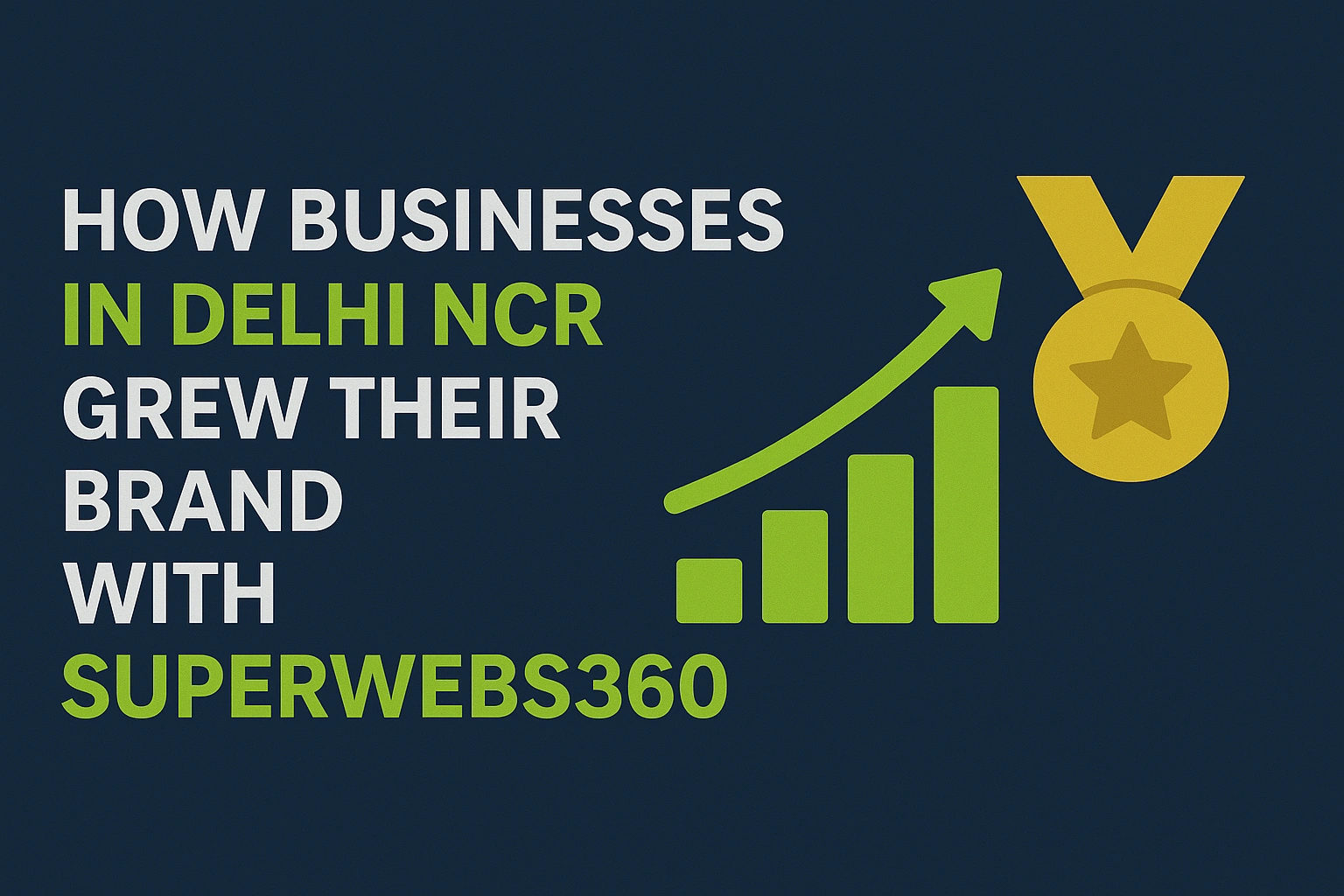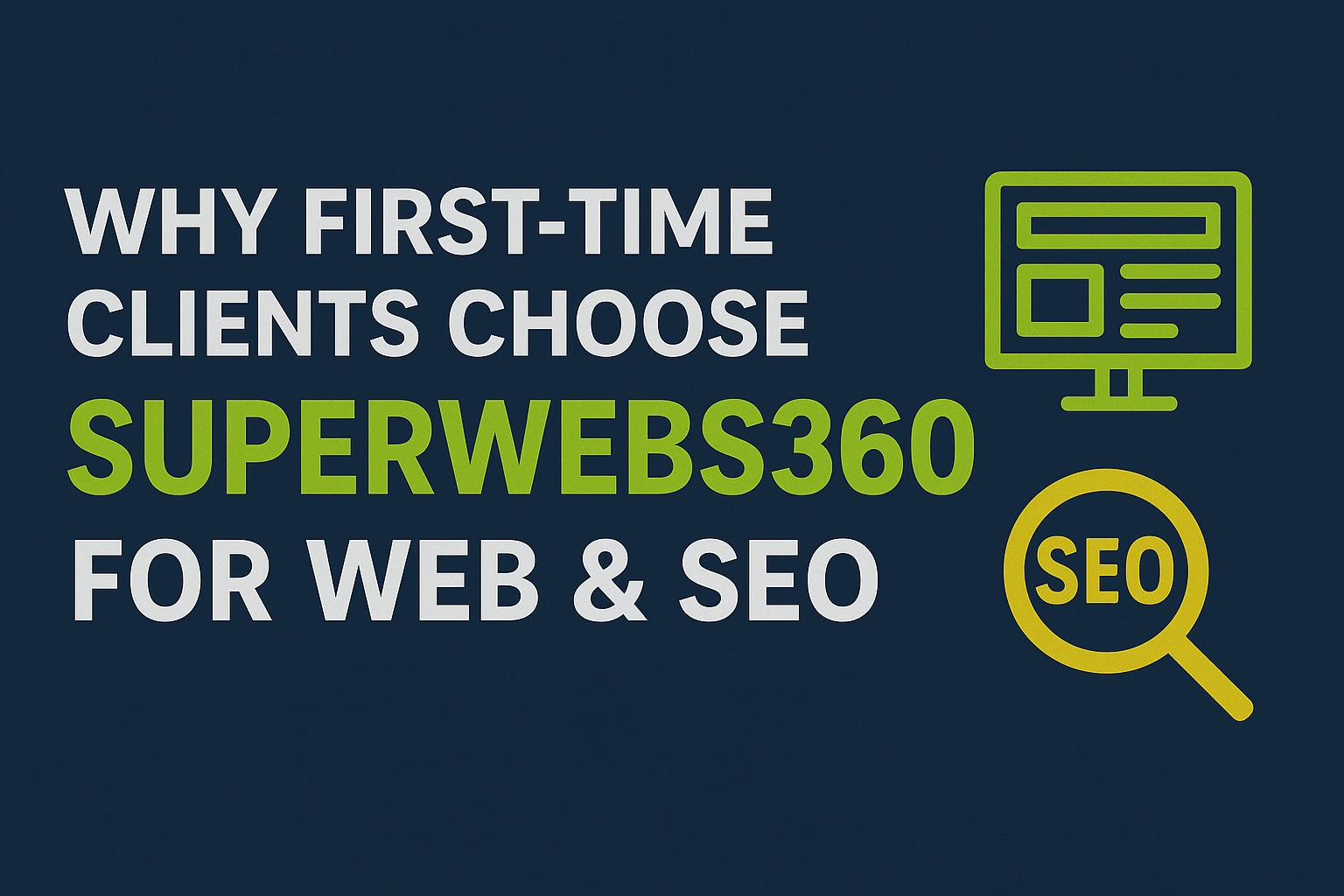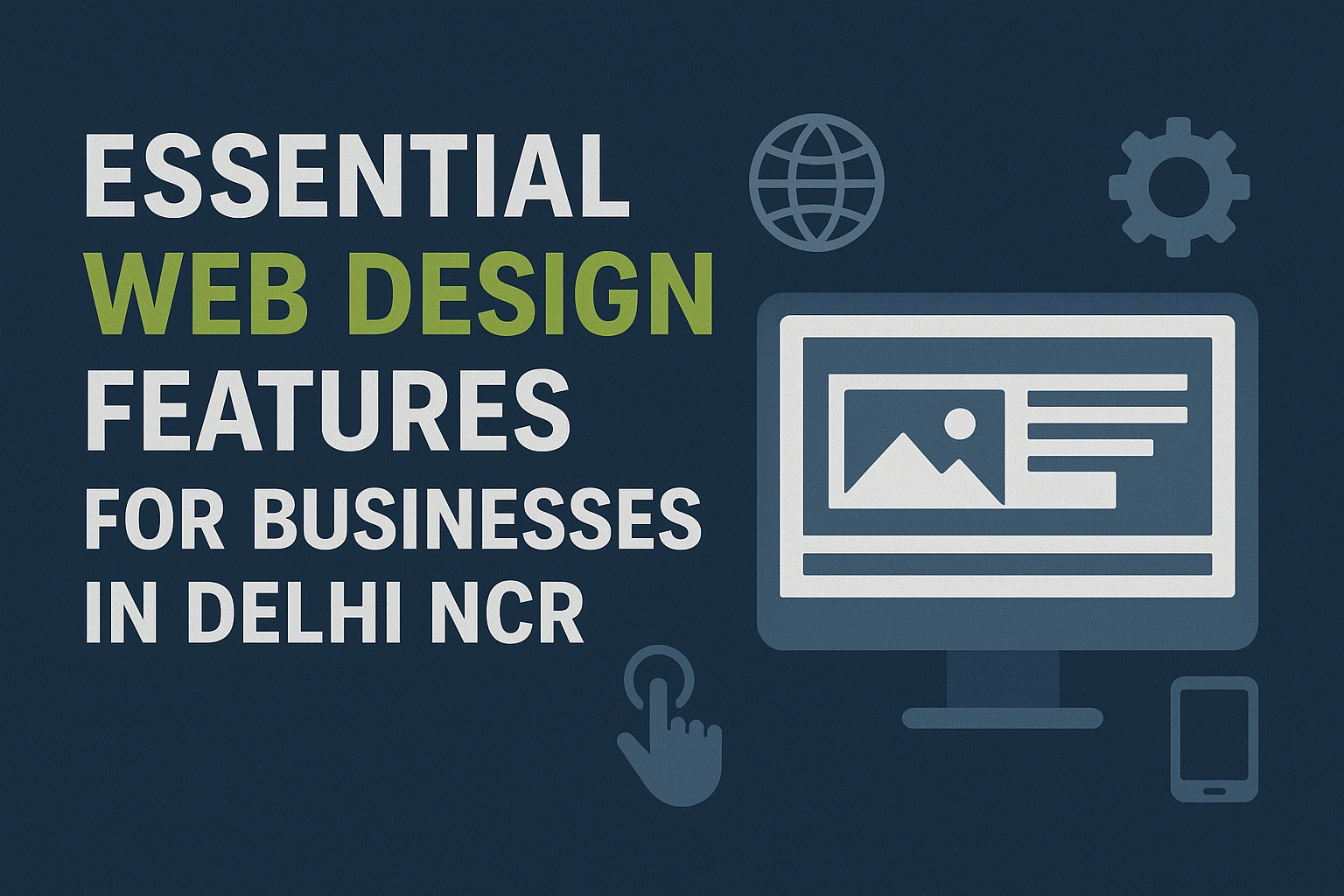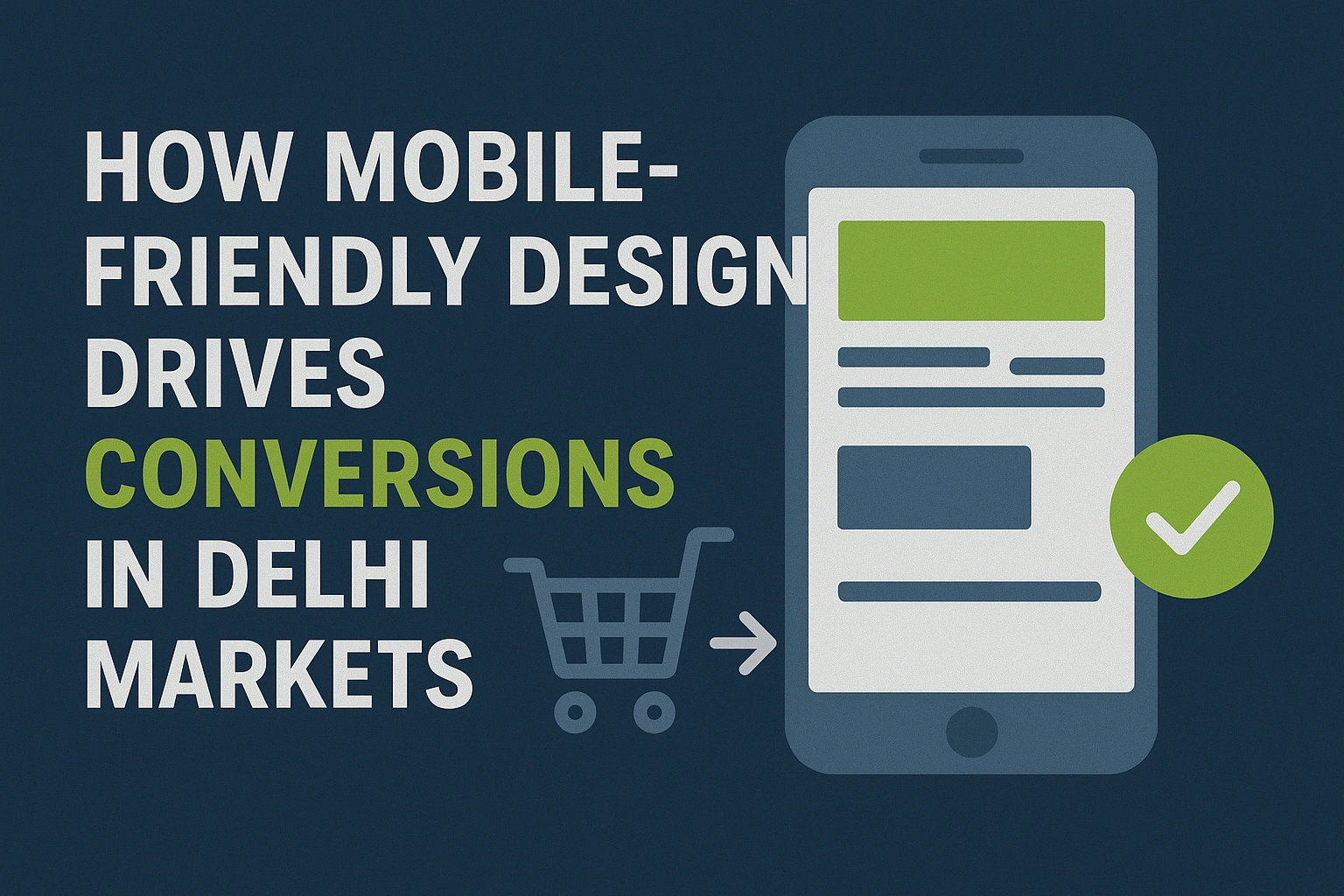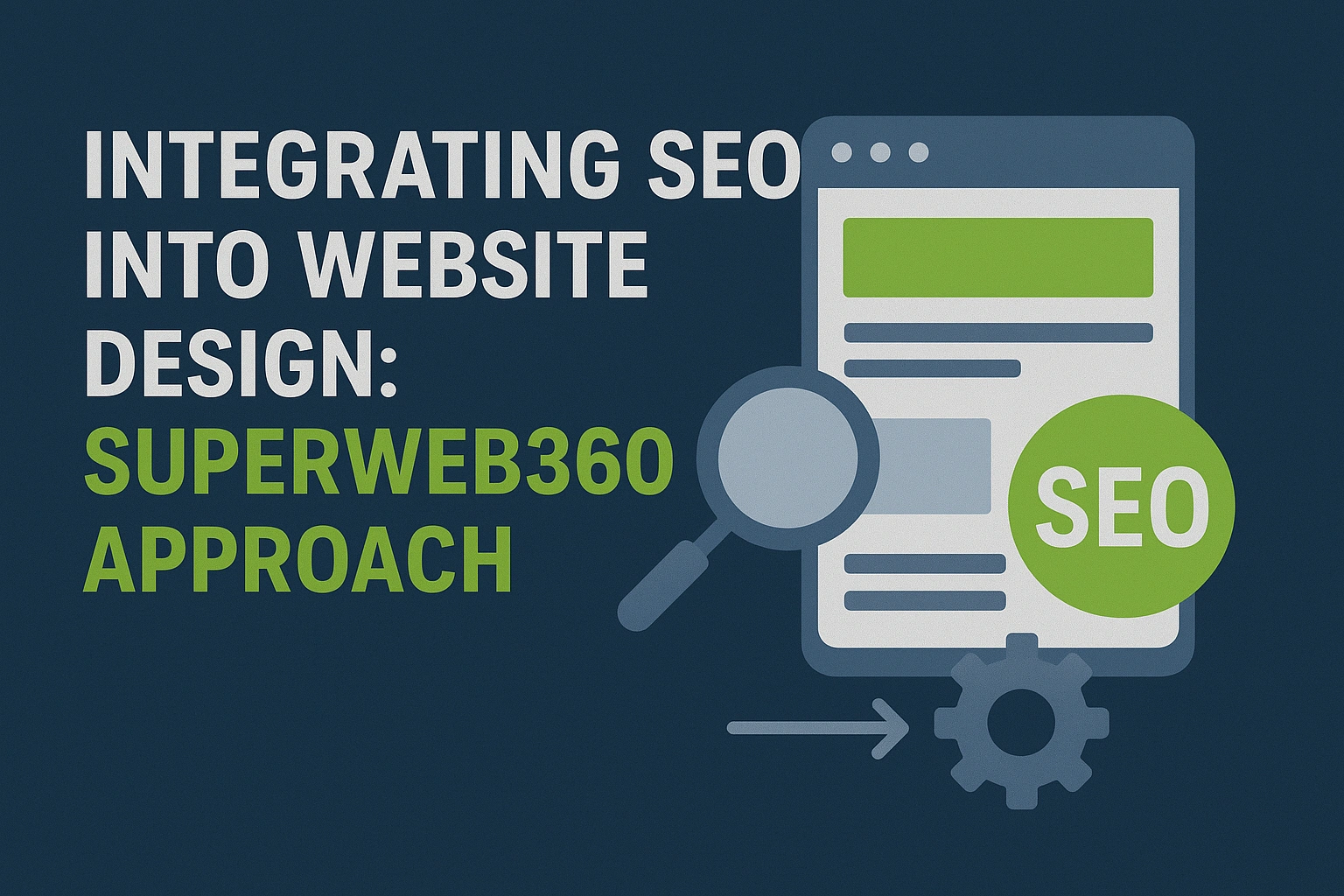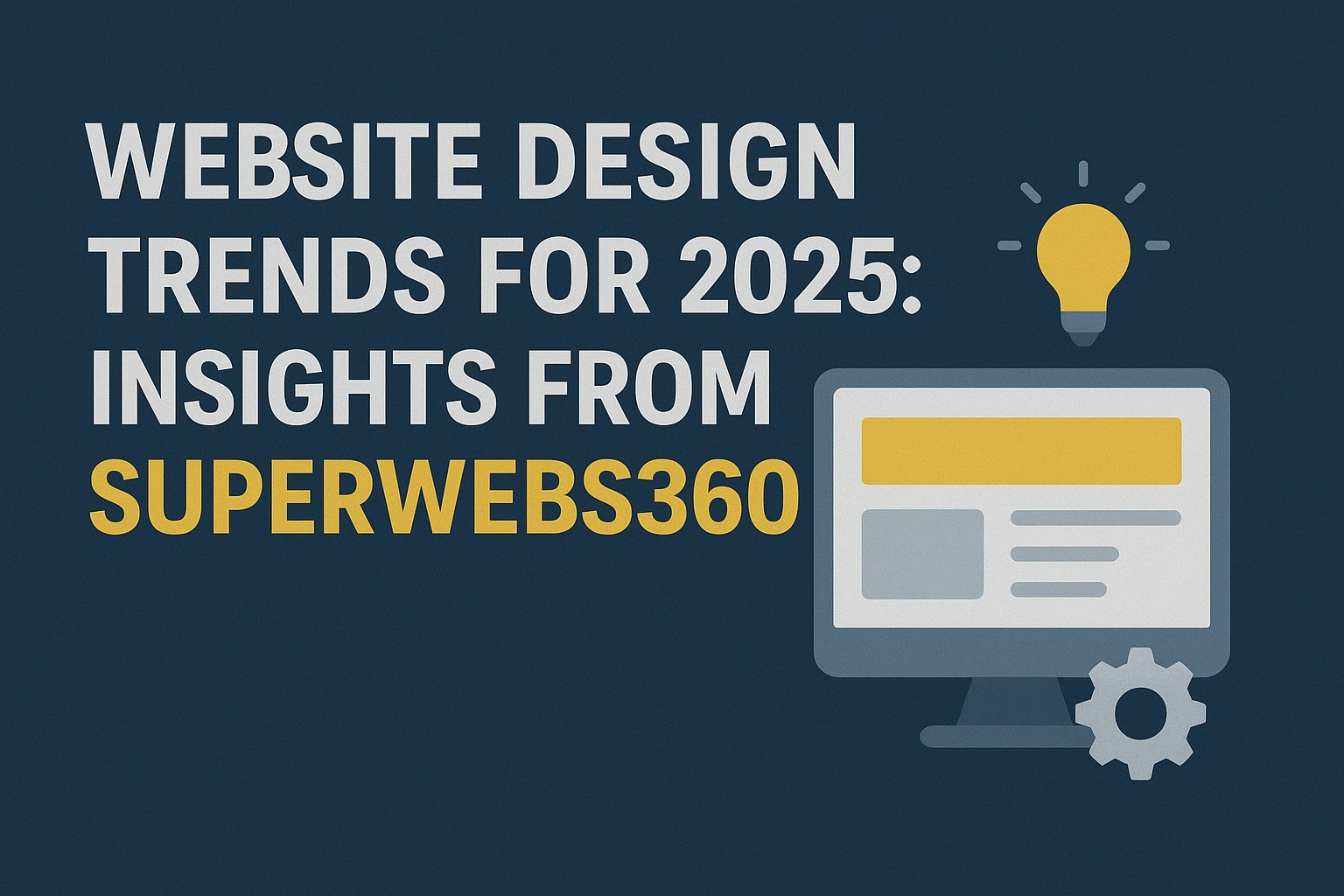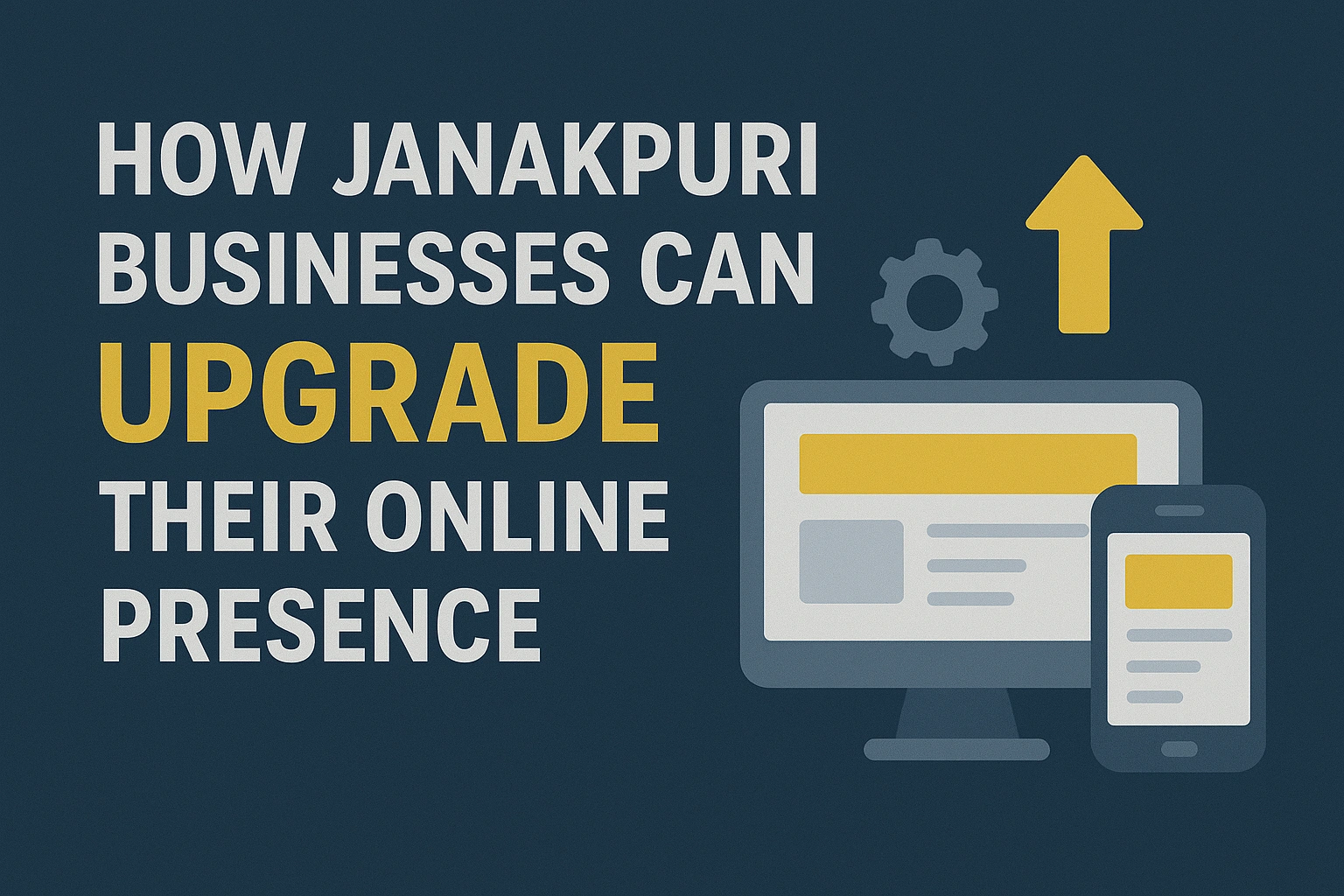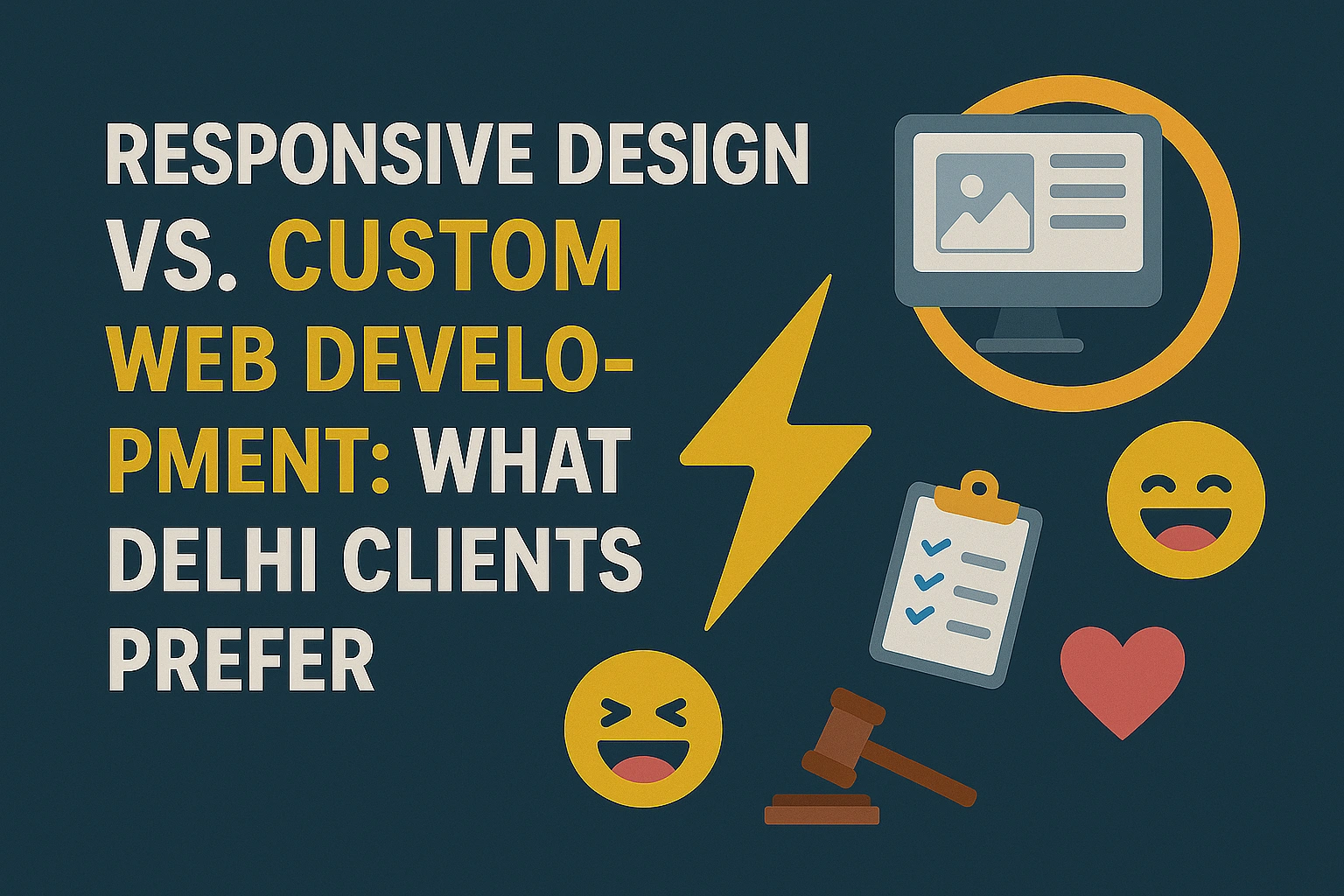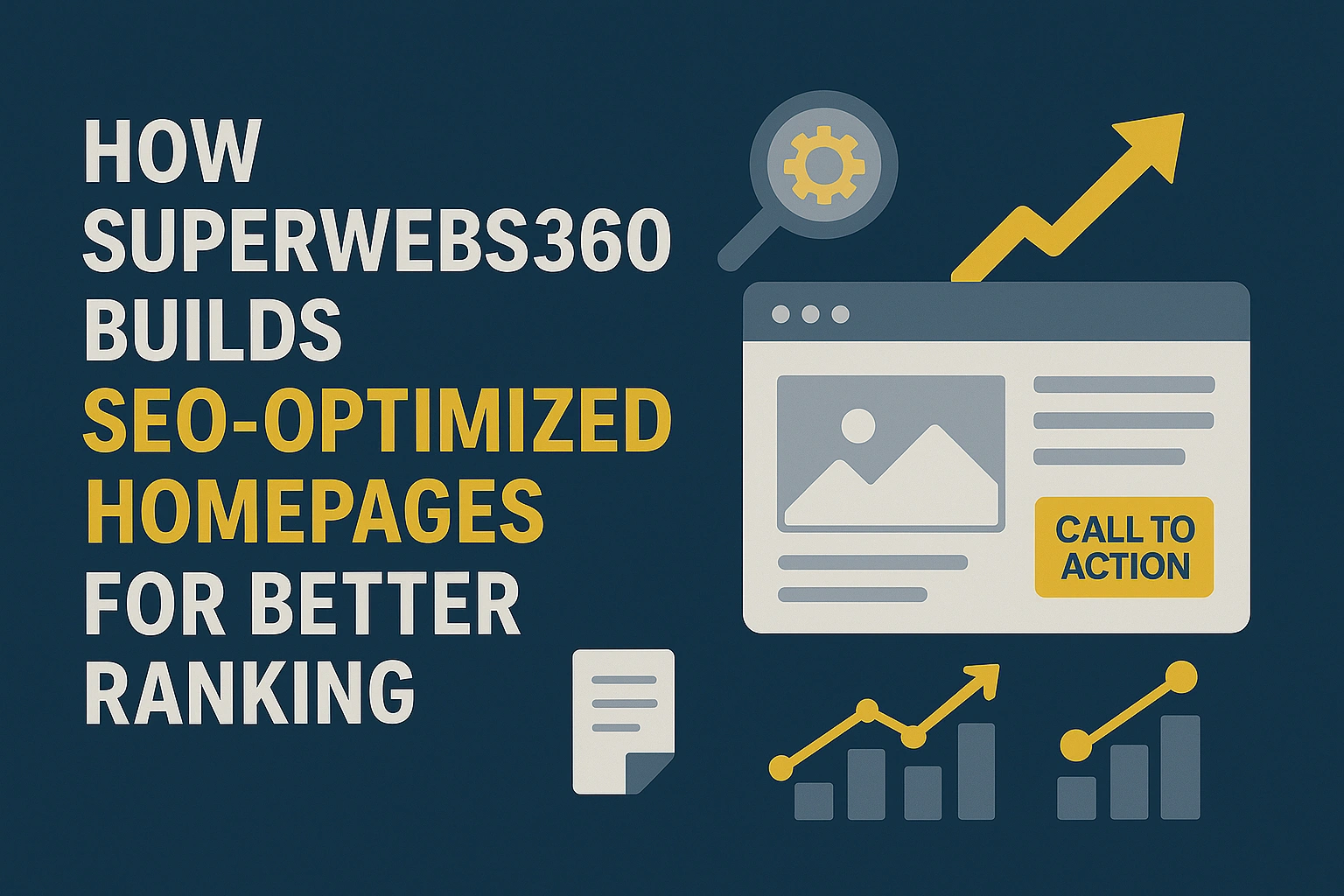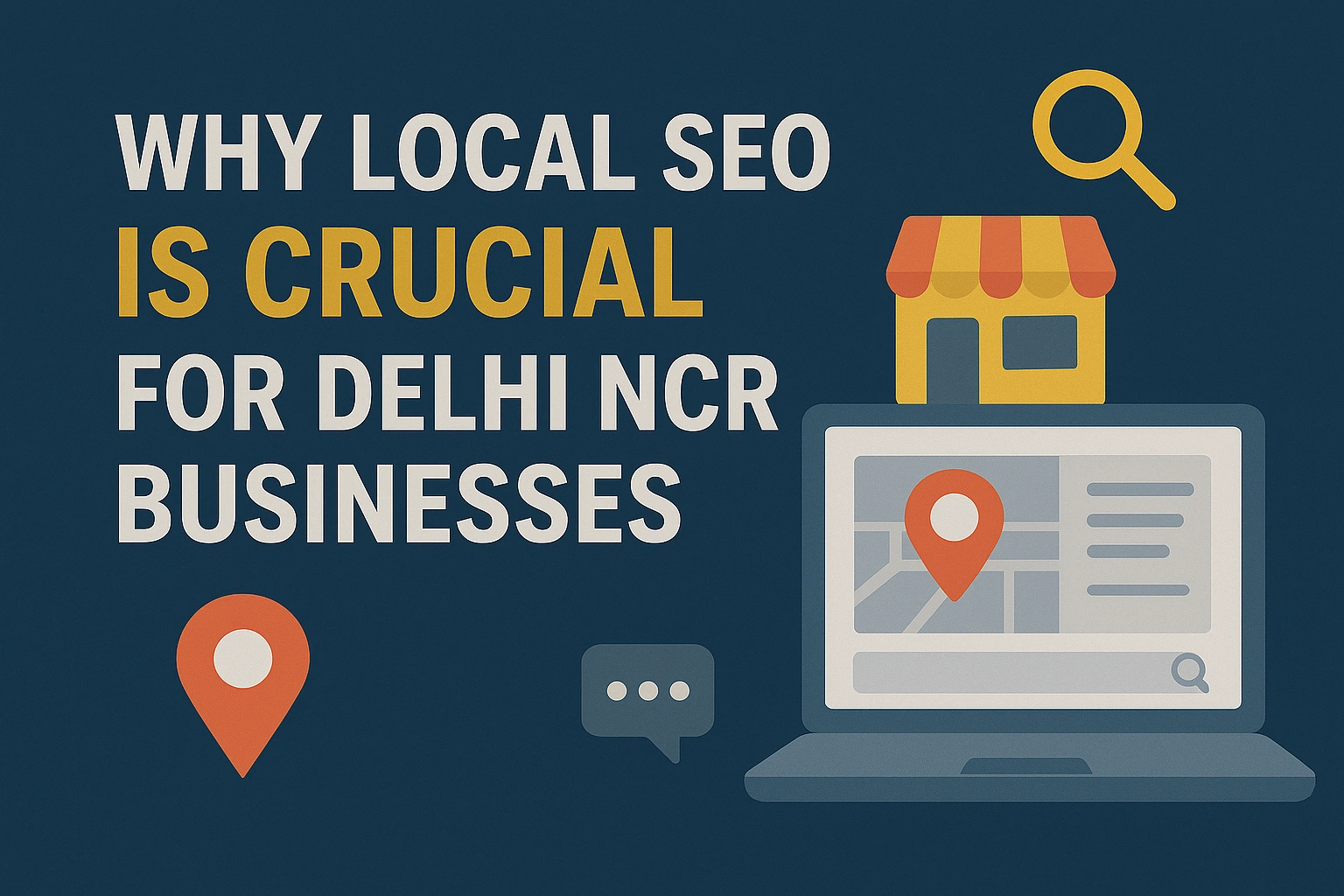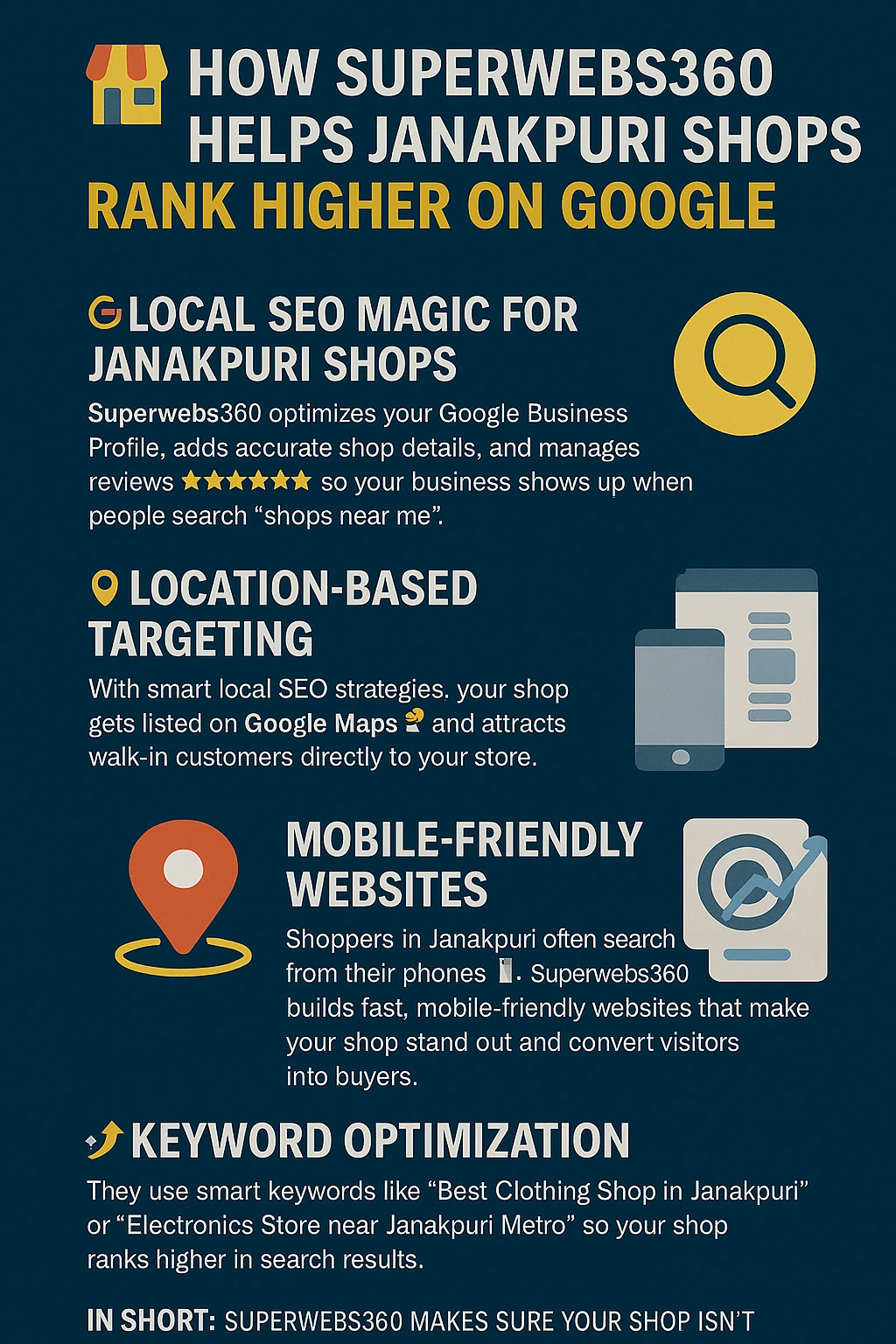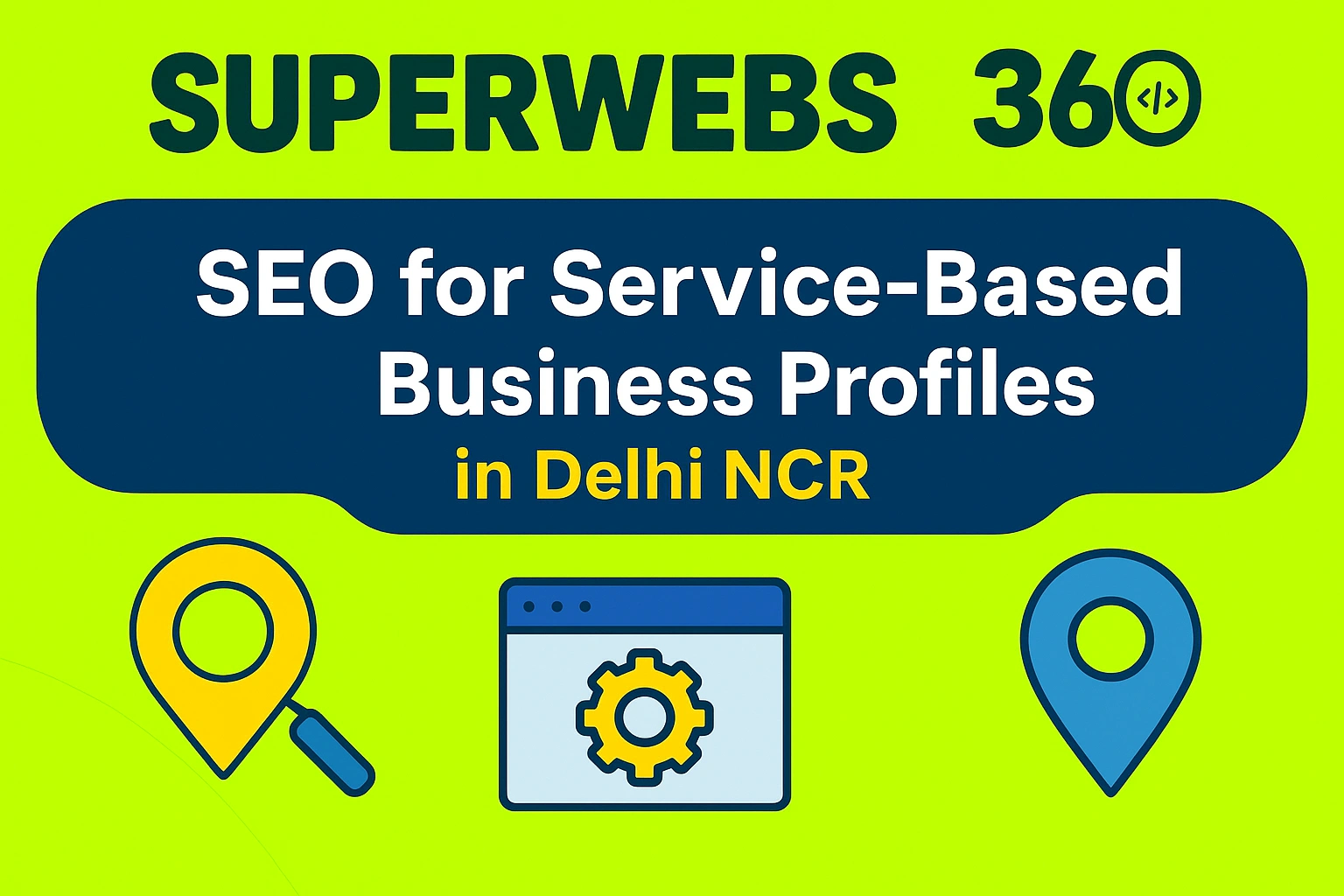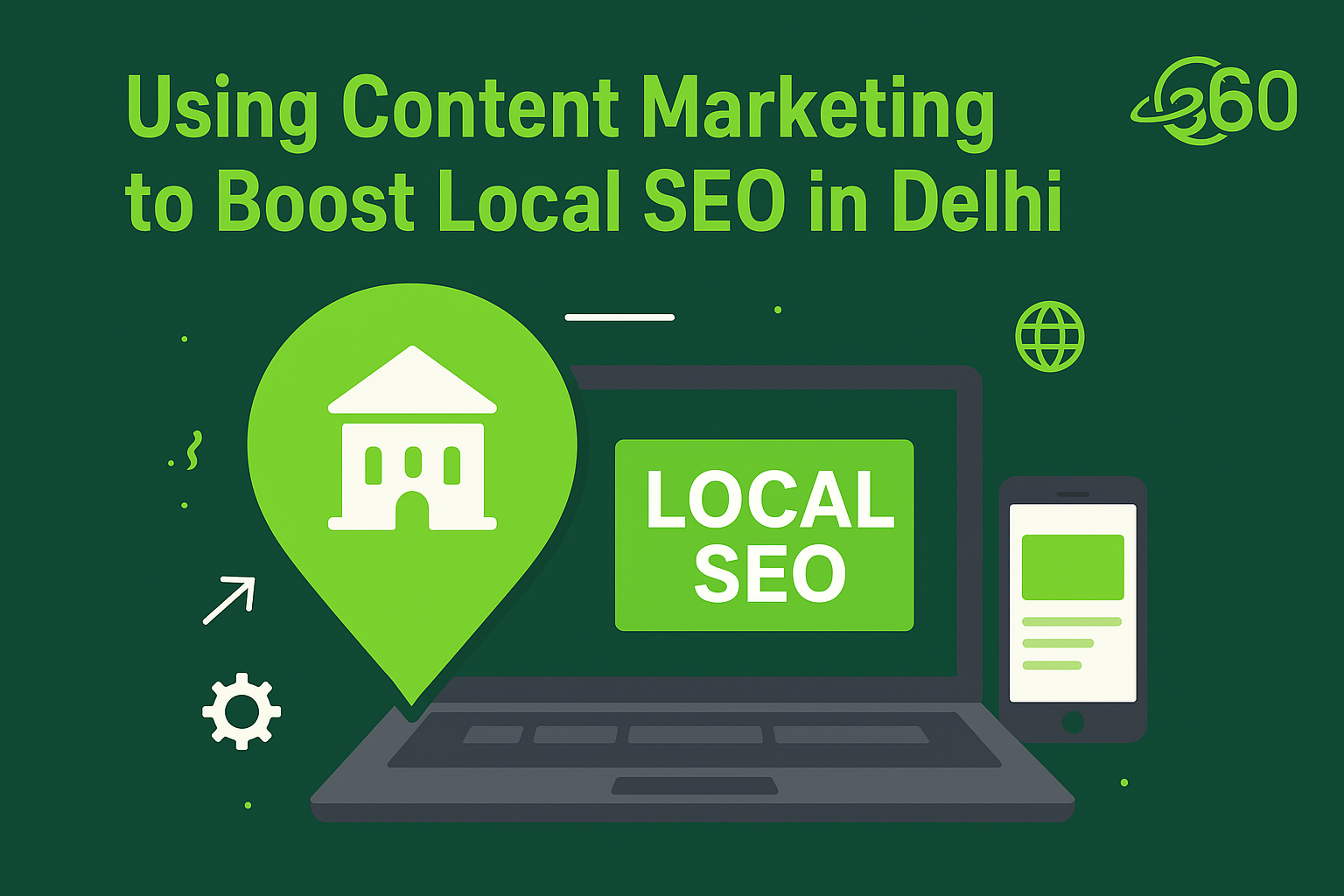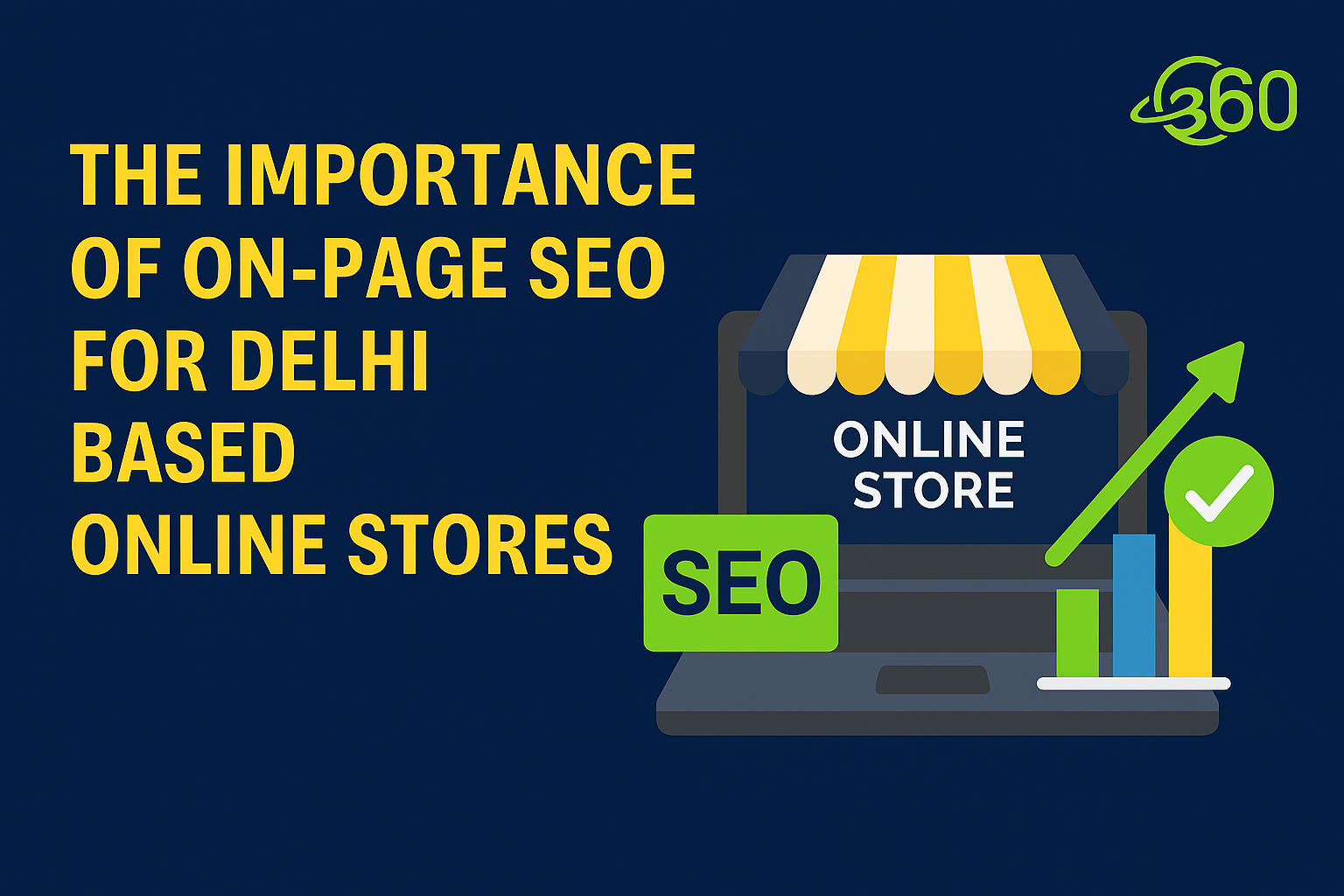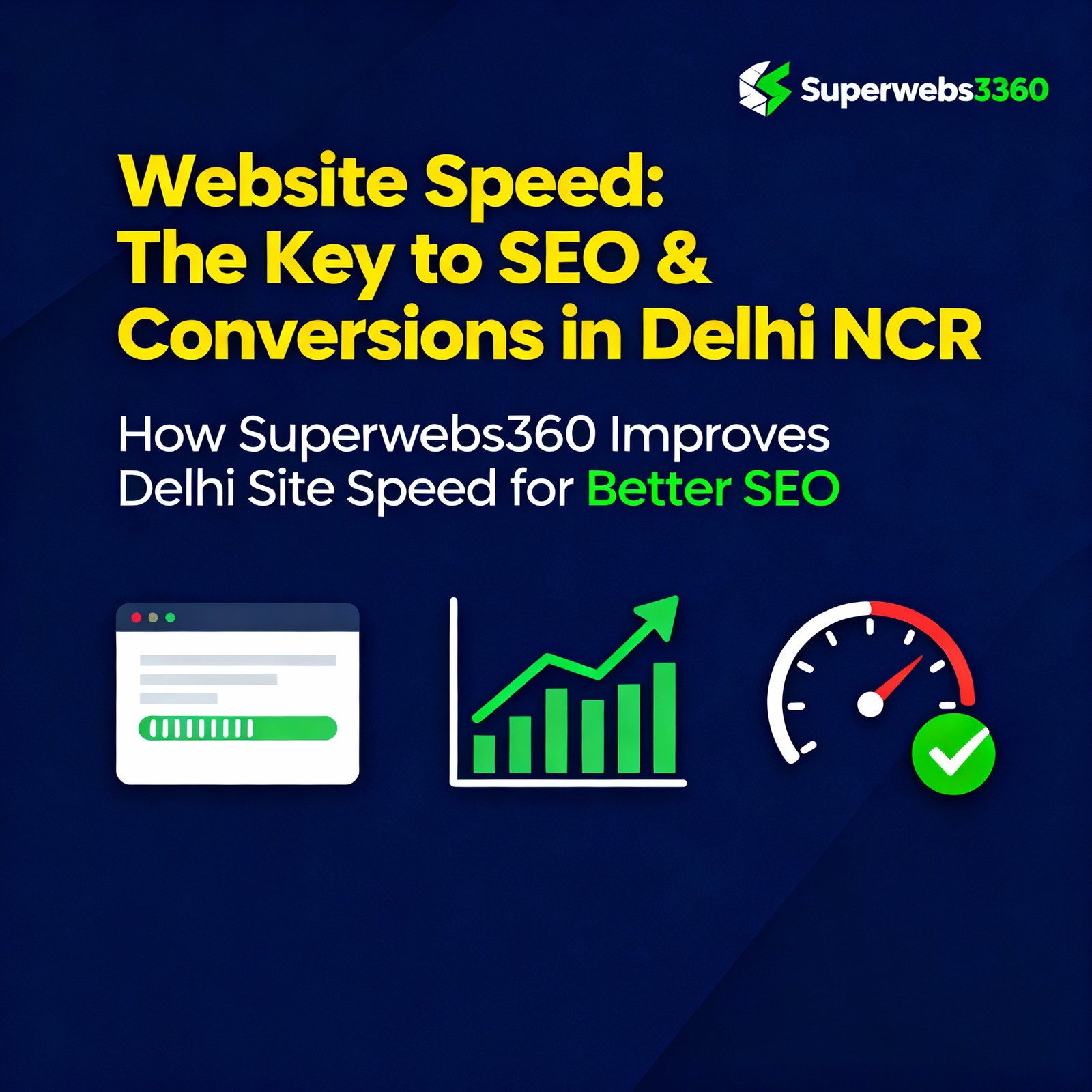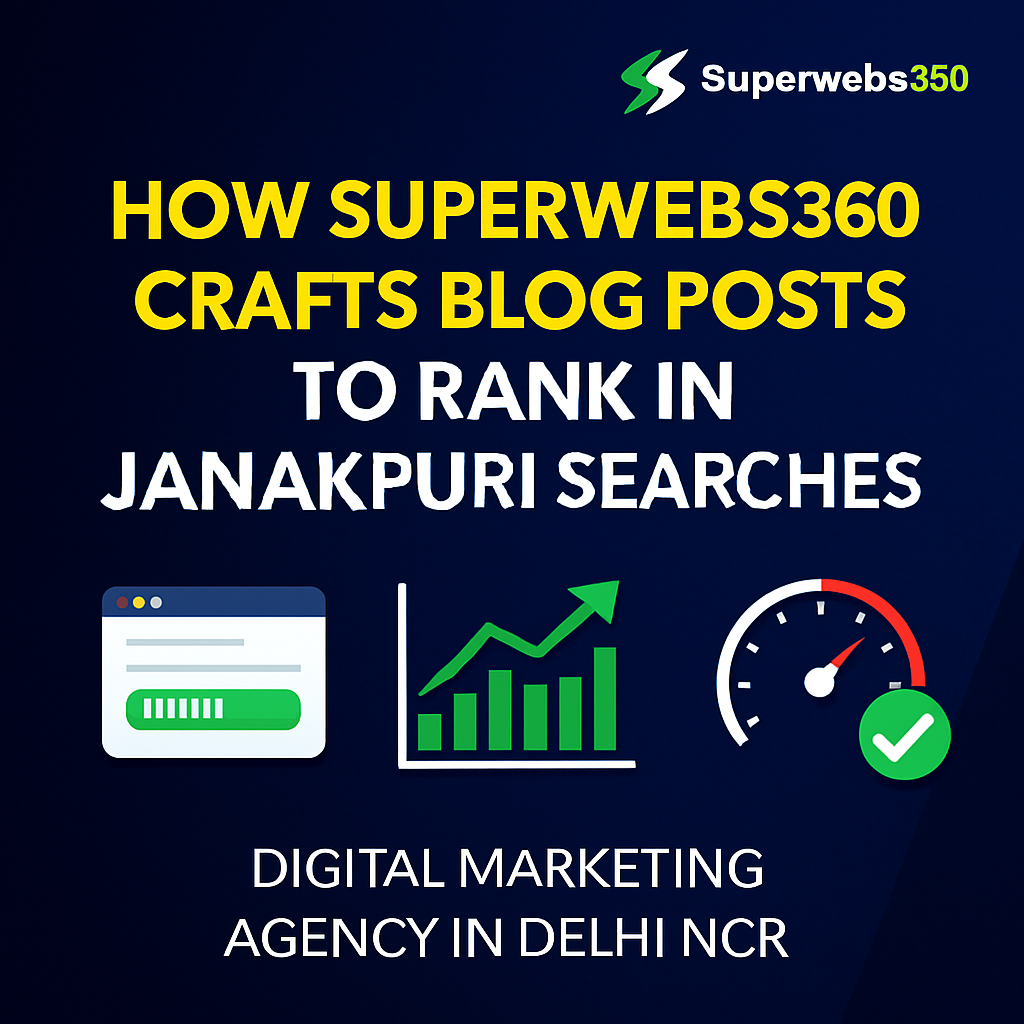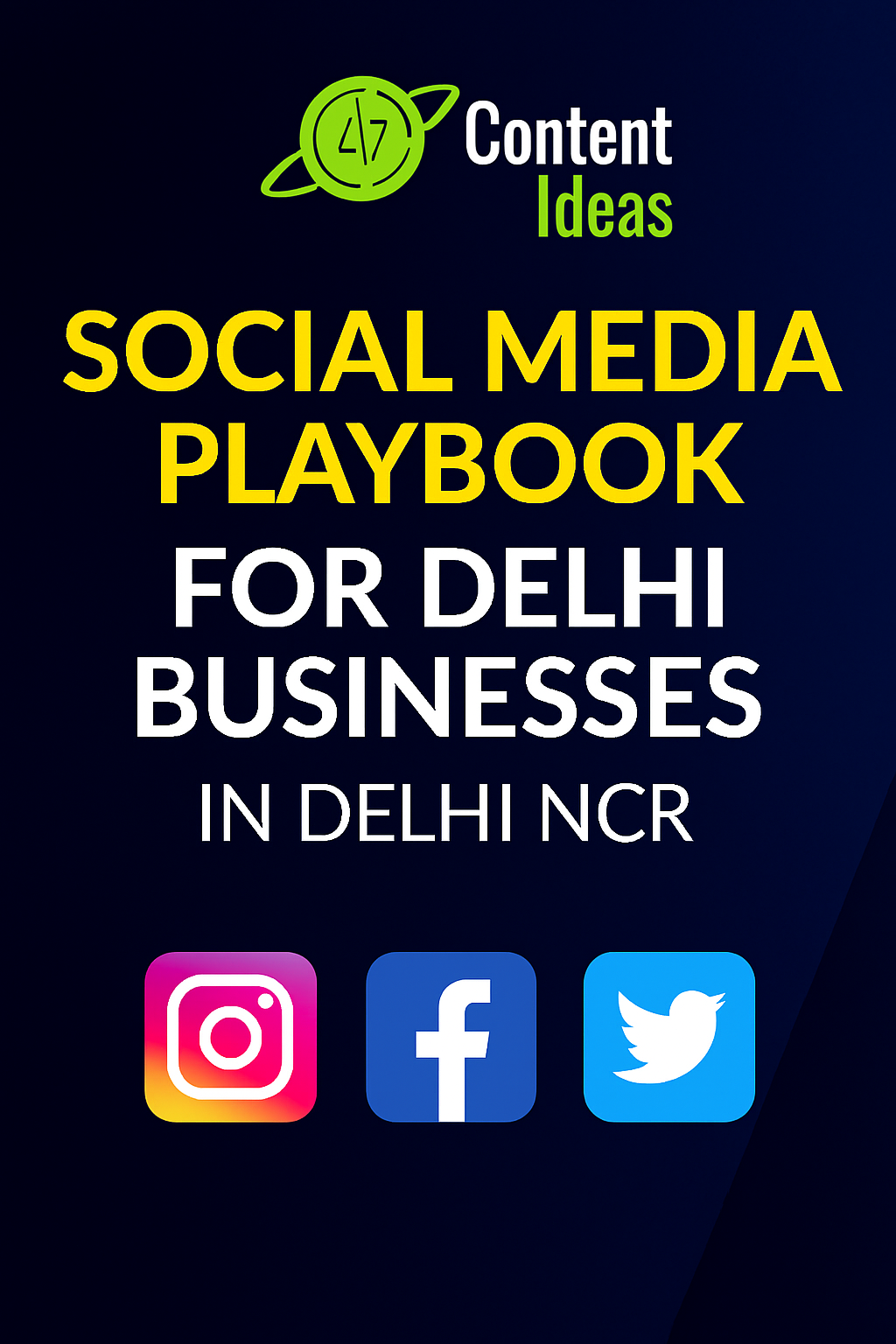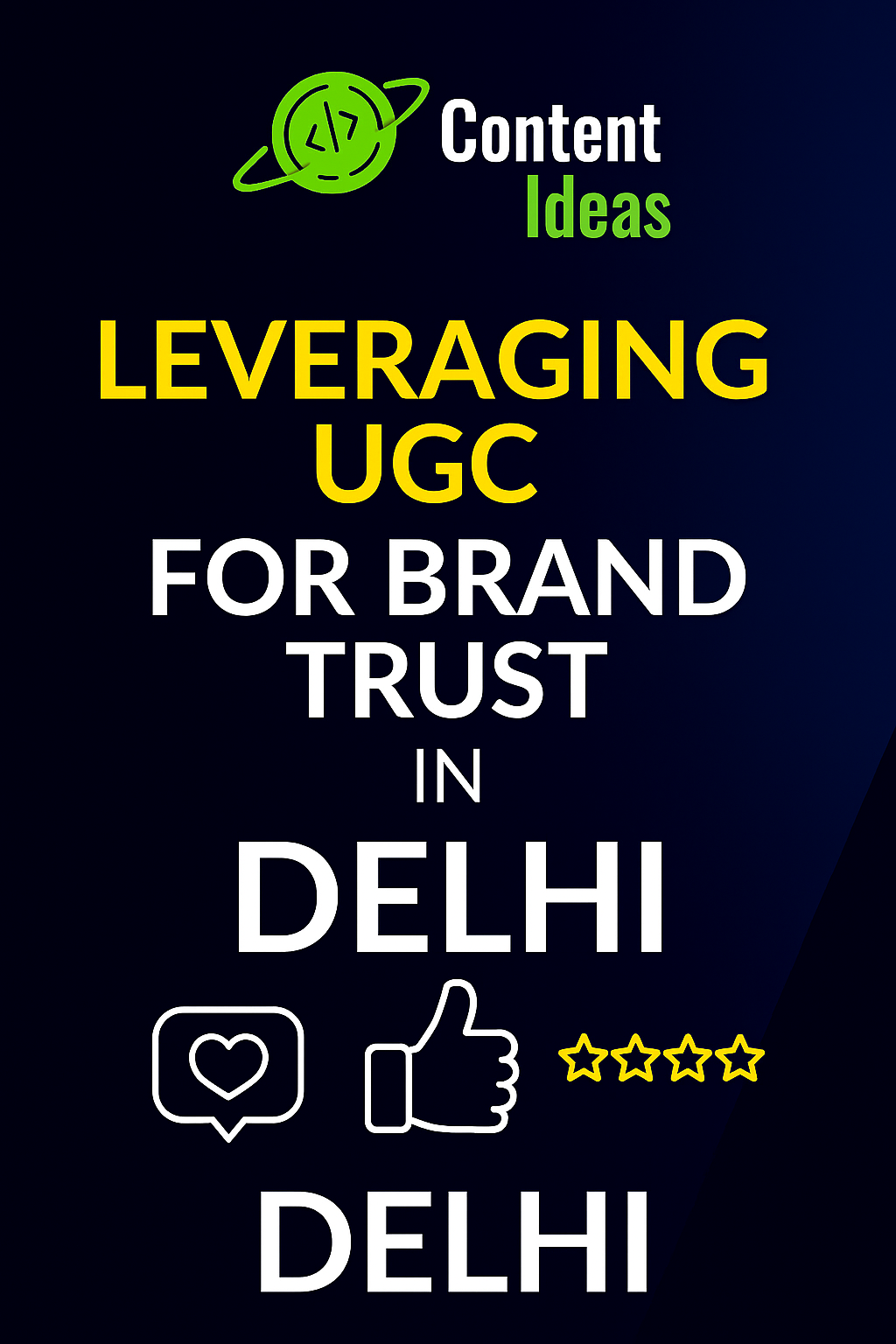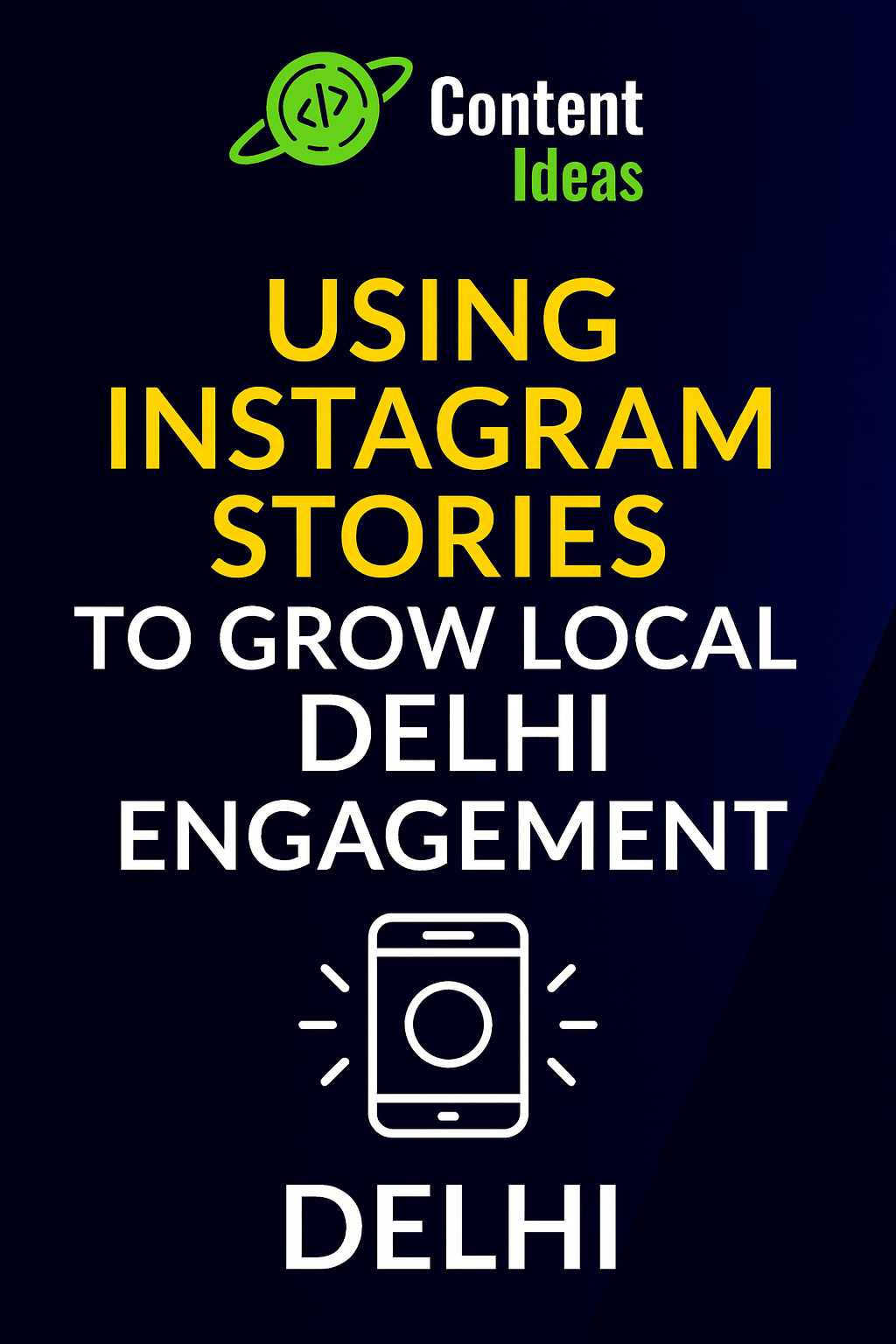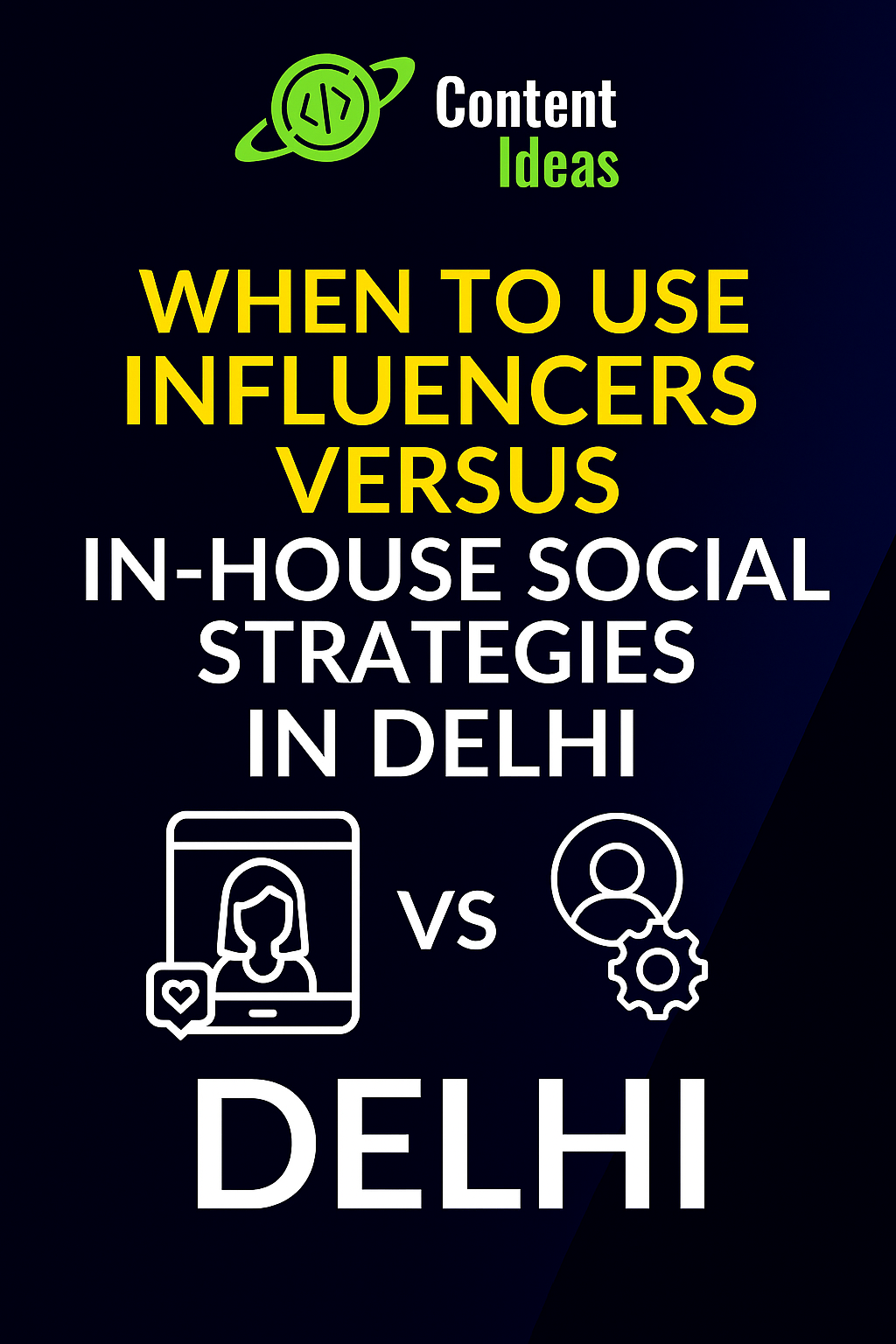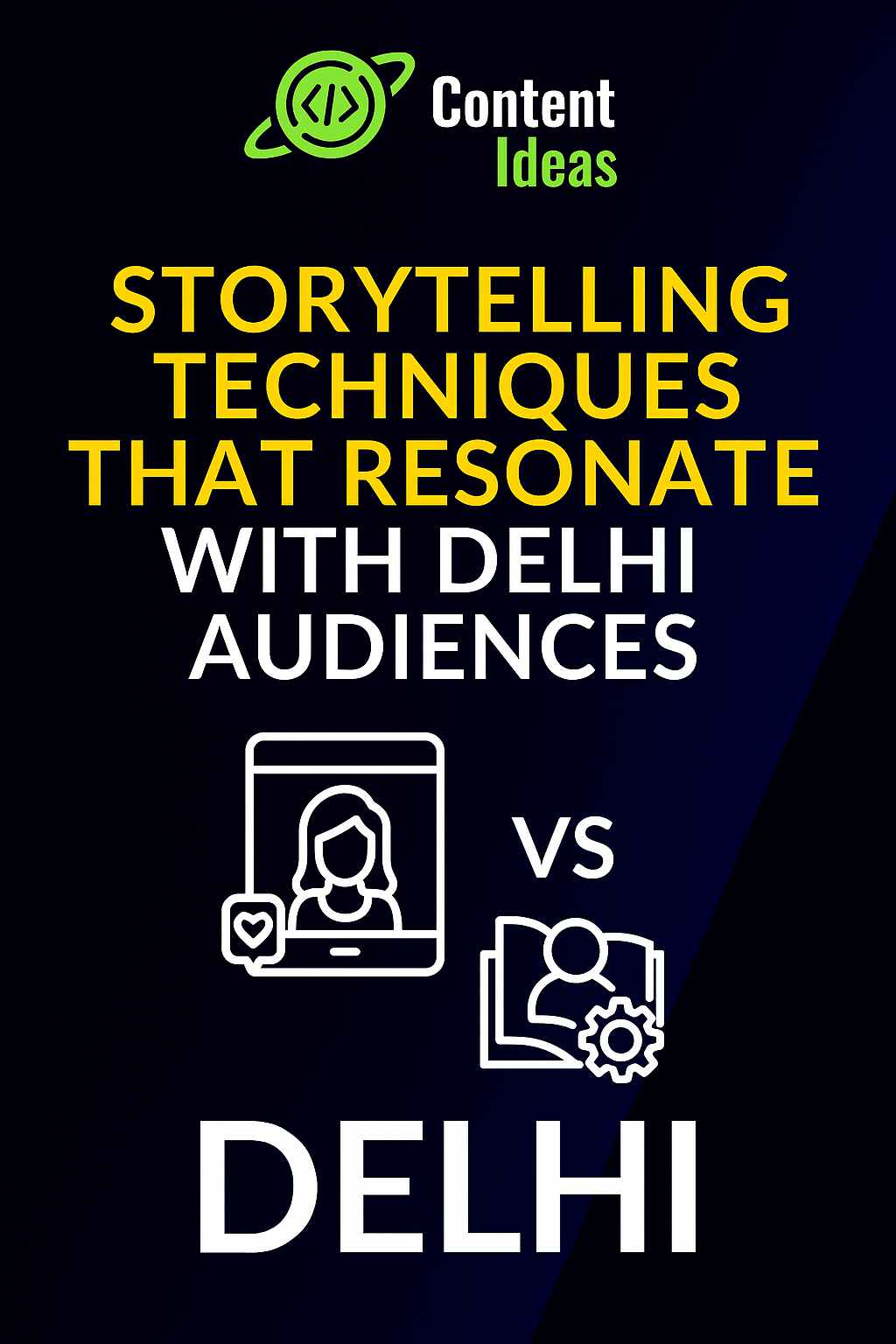Cultivating Originality In Photography
Building Brand Identity Online for Delhi SMEs

The online evolution of small and medium-sized businesses throughout Delhi NCR has opened unparalleled opportunities for firms to create unique brand identities that appeal to target markets while vying successfully against larger organizations with much more extensive marketing budgets. This democratization of brand building via digital mediums is a seismic shift in the manner in which SMEs are able to position themselves in competitive marketplaces, using genuine storytelling, deliberate content creation, and selective audience engagement to create lasting brand experiences that foster customer loyalty and business success.
The challenge to Delhi SMEs in establishing effective online brand identities goes beyond mere logo and website design to include full-spectrum brand strategy development addressing distinctive value propositions, consumer preference, and competitive distinction in a given industry segment and geographic market. A top Digital Marketing Agency in Delhi NCR realizes that solid brand identity creation involves high-level fusion of visual design, messaging strategy, and digital platform optimization that builds holistic brand experiences on multiple touchpoints while ensuring authenticity and cultural relevance that resonates with local cultures.
Delhi's business ecosystem of intense competition necessitates brand identity tactics beyond generic best practices to include local market intelligence, cultural nuances, and platform-specific optimization strategies maximising brand awareness and customer engagement and establishing long-term competitive edges. This approach needs to comprehend brand psychology, digital platform dynamics, and consumer behavior patterns impacting buying decisions and brand loyalty across the diverse demographic segments and business sectors in Delhi NCR.
Understanding Brand Identity Basics for Delhi SME Success
Delhi SME brand identity formation starts with business value analysis, target audience profiling, and competitive factors analysis that drive strategic positioning and differentiation strategies in target market segments and geographic territories. Grounded analysis must address both short-term business needs and long-term growth strategies while recognizing resource limitations and competitive pressures that define small and medium enterprise business in competitive urban markets.
The psychological dimensions of brand identity formation include emotive connection building, trust building, and value communication that drive customer perception and purchase decisions above mere product or service comparison shopping. Successful brand identity strategies produce memorable associations, favorable emotional reactions, and unambiguous value comprehension that drive customer preference and advocacy as well as premium pricing and customer retention goals supporting business sustainability and growth potential.
Cultural integration in brand identity construction becomes crucial for Delhi SMEs looking to engage with local markets while having possible expansion in wider regional or national markets. Cultural sensitivity in such cases involves local preference, communication, and value systems affecting the reception of the brand and building of customer relationships in a way that does not compromise authenticity and may err on the side of cultural insensitivity, appropriation, or representation which can harm brand credibility and market reputation.
Digital Platform Strategy for Cohesive Brand Presentation
Web design and user experience optimization are the building blocks of online brand identity presentation, necessitating strategic unification of visual execution, message consistency, and functional efficiency that creates good first impressions while facilitating customer journey advancement and conversion maximization. Commercial website construction needs to reconcile good looks with good performance so that brand identity components add value instead of detracting from site performance and user experience on various devices and connection speeds.
Integration of social media platforms involves translation of essential elements of core brand identity into platform-unique formats and expectations of their audiences while ensuring consistent brand recognition and messaging across various digital spaces. This process of adaptation needs to honor platform cultures and user patterns of behavior while making sure brand identity remains recognizable and engaging irrespective of where customers are exposed to brand communications or content.
Content marketing synchronization with brand identity guarantees that everything that is published supports brand values, position, and personality while sharing authentic value to target audiences in the form of educational content, entertainment, or useful solutions to everyday issues. An experienced Digital Marketing Agency in Delhi NCR crafts content strategies that benefit brand building and audience value goals as well as aid search engine optimization and customer engagement goals that lead to quantifiable business results.
Visual Identity Creation and Digital Asset Development
Logo and visual identity systems need to carry over well across digital media while being effective and recognizable at different sizes and viewing conditions typical of online content consumption. This entails advanced design thinking with a view to scalability, color representation, and visibility considerations when designing unique visual ingredients that differentiate companies from others and establish lasting customer associations with business products and values.
Digital brand identity color psychology application balances aesthetic value and psychological effect on target markets as well as accessibility and visibility across various digital media and device platforms. Cultural associations, industry norms, and competitor differentiation are all factors that must be addressed through strategic color choice while providing the flexibility to support seasonal campaigns, product launches, and promotions where visual continuity with fundamental brand identity aspects is needed.
Typography and design element selection needs to find a balance between distinctive character and readability, in addition to presenting consistently across numerous digital touchpoints such as websites, social media accounts, email messages, and digital ad creative. Professional typography selections help convey brand personality while sustaining functional effectiveness for varying types of content and platform needs that typify complete digital marketing programs.
Brand Voice Creation and Messaging Strategy
Brand voice definition includes tone, personality, and communication style traits creating consistent brand personality in all customer interactions and content presentations and mirroring business values and appealing to target audience preferences and expectations. The development of such voice involves customer communication preference, industry, and cultural norms that impact message reception and brand perception within particular market segments and geographic locations.
Messaging framework creation gives strategic direction for homogeneous messaging on various platforms, types of content, and customer interaction contexts while upholding brand authenticity and clarity of value proposition. The framework has to cater to multiple stages of the customer journey, diverse audience groups, and varied communication objectives with the assurance that all communications from the brand are effective in driving overall positioning and business growth initiatives.
Content tone adaptation between platforms and types of content ensures brand consistency in voice while honoring platform cultures and audience expectations that differ between professional networks, social media sites, and direct customer interactions. Professional message adaptation upholds brand authenticity while optimizing communication impact for targeted contexts and segments calling for varying approach styles and presentation formats.
Competitive Analysis and Market Positioning Strategy
Competitor brand analysis reveals differentiation possibilities and positioning gaps that Delhi SMEs can leverage to create distinctive market positions without head-to-head competition with larger, more resourceful rivals. This analysis needs to consider not just head-to-head competitors but firms competing for the same customer focus and market share within wider industry segments and geographic markets that impact customer choice and buying decisions.
Development of market positioning involves strategic thought that identifies lasting competitive edges and distinctive value propositions appealing to target customers while being true to business competency and market facts. Successful positioning strategies build uncomplicated customer comprehension of brand advantages and distinctions while forging emotional bonds triggering customer preference and loyalty over time.
Brand differentiation strategies should take into account both rational and emotional customer decision-making factors while crafting unique brand features that cannot readily be copied by competition or made obsolete by market shifts. A professional Digital Marketing Agency Delhi NCR assists SMEs in identifying and creating such sustainable differentiation strategies that can be conveyed well through digital marketing mediums and customer touch points.
Digital Asset Management and Brand Consistency Maintenance
Brand guideline creation offers complete guidance for uniform brand use on all digital touchpoints while allowing flexibility for executional creativity and platform-specific solutions that preserve brand recognition and effectiveness. Visual aspects, messaging guidelines, and principles of application need to be covered by these guidelines while being pragmatic enough to be executed by a number of different team members and external partners who can contribute to brand presentation and communication efforts.
Asset management and organization systems guarantee brand elements are accessible and optimally used, with version control and quality levels that uphold brand integrity in the long term. Asset management by professionals avoids brand dilution and presentation inconsistencies that leave customers confused and dilute brand effectiveness while facilitating effective creative development and campaign implementation that drives business goals and growth initiatives.
Quality control procedures guarantee that all brand presentations are up to set standards as they readily adjust to varying contexts and specifications without undermining brand visibility or message efficacy. These procedures have to ensure consistency without inhibiting creative freedom as well as avoiding brand errors that might undermine customer impression and business reputation across competitive market spaces.
Customer Journey Mapping and Brand Touchpoint Optimization
Customer interaction mapping identifies all potential brand encounter points while ensuring consistent brand presentation and positive experience delivery throughout the customer journey from initial awareness through purchase and ongoing relationship maintenance. This mapping process must consider both digital and offline touchpoints while prioritizing optimization efforts based on customer impact and business importance within overall marketing and sales strategies.
Consistency at touchpoints ensures that customers have consistent brand experiences in whatever ways they engage with the business while also having proper adaptation to varying interaction contexts and customer requirements. Such consistency is required to find a balance between standardization and personalization so that all interactions with customers reinforce brand identity and brand value proposition comprehension that aligns with business goals and customer delight objectives.
Experience optimization is designed to maximize brand presentation and customer satisfaction at key touch points of interaction and eliminate friction to increase conversion rates along the customer journey. Expert experience optimization involves comprehension of customer behavior patterns, decision-making, and preference variation affecting buying decisions and long-term relationship formation within defined market niches and business situations.
Digital Marketing Integration and Brand Amplification
Search engine optimization integration ensures brand identity elements reinforce organic search visibility and consistent brand presentation across search results and website interactions. Integration must involve comprehension of search behavior patterns, keyword approaches, and technical requirements for optimization with assurance that SEO activities support improving instead of diluting brand identity presentation and customer experience quality.
Social media marketing alignment with brand identity produces consistent brand presentation throughout various platforms while adjusting content and interaction forms to platform-specific audience expectation and participation patterns. Brand management of social media by professionals balances consistency with optimization of different platforms while developing community participation and customer relationships supporting business development and brand loyalty formation over time.
Paid ad creative development needs to balance brand identity consistency with platform-specific performance optimization requirements and audience targeting strategies designed to maximize campaign effectiveness and investment return. Brand-consistent ad creative improves recognition and trust while maintaining conversion optimization and customer acquisition goals justifying advertising investments and enabling business growth objectives.
Performance Measurement and Brand Identity Optimization
Brand recognition tracking gauges customer awareness, comprehension, and preference formation over time and establishes opportunities for optimization and strategic changes that reinforce brand efficacy and business performance. Sophisticated analytics deployment coupled with qualitative research approaches are needed to measure such a process, which brings in-depth insights on changes in brand performance and customer perceptions stemming from identity development.
Customer feedback analysis provides insights into brand identity reception and effectiveness while identifying areas for improvement and optimization that enhance customer satisfaction and business performance. Professional feedback analysis combines quantitative metrics with qualitative insights to inform strategic decisions and tactical adjustments that improve brand identity impact and customer relationship quality over time.
Return on investment measurement illustrates relationships between brand identity investments and business results such as customer acquisition, retention, and lifetime value enhancements that justify brand building activities while revealing optimization opportunities for improved performance. An experienced Digital Marketing Agency in Delhi NCR offers thorough ROI analysis that relates brand identity development to quantifiable business growth while mapping out areas for further improvement and strategic enhancement.
Technology Integration and Brand Management Tools
Brand management platform utilization enables consistent brand application across multiple channels while maintaining version control and quality standards that preserve brand integrity and effectiveness. These platforms must balance user accessibility with control features while enabling collaboration and creative development that supports business objectives and brand consistency goals throughout various marketing and communication activities.
Content management system integration guarantees that brand identity components are appropriately installed on website properties and preserved in consistency and quality levels that favor customer experience and search optimization goals. Expert CMS integration strikes a balance between usability and brand manageability and facilitates content creation and management that allows for continuing marketing and communication demands.
Implementation of analytics and monitoring tools offers continuous insights into brand performance and patterns of customer interactions and finds opportunities for optimization and strategic tuning that make brands more effective and impactful to business. Effective monitoring demands convergence of multiple sources of data and analysis techniques that yield actionable insights for sustained brand identity optimization and support for business growth.
Future-Proofing Brand Identity for Evolving Digital Landscapes
Emerging platform preparation ensures that brand identity elements can adapt to new digital platforms and communication channels while maintaining consistency and effectiveness as technology and customer behavior patterns evolve. This preparation requires strategic flexibility combined with core identity stability that enables adaptation without fundamental brand changes that could confuse customers or compromise brand equity development.
Technology trend integration looks at how next-generation technologies such as artificial intelligence, augmented reality, and voice interaction could affect brand identity presentation and customer engagement in readiness to develop strategic plans that ensure brand efficacy in changing digital landscapes. Expert trend analysis informs timely brand identity adjustment that sustains competitive leads while embracing useful technological advancements.
Scalability planning supports brand identity systems to handle business growth and expansion while ensuring consistency and effectiveness across rising touchpoints and interactions with customers. Strategic thinking on resource deployment, system capacity, and process development in support of sustainable brand identity management amid business evolution and market growth initiatives is needed for scalability planning.
Professional Implementation and Strategic Management
Full brand identity creation needs strategic planning, creative skills, and implementation capabilities that provide the best output while upholding genuine brand representation and consumer connection. Professional implementation unites creative and technical needs with a guarantee that brand identity components function properly in all targeted uses and consumer touchpoints across the business environment.
Active brand management and optimization guarantee that brand identity continues to drive business goals while evolving to address altered market circumstances, customer tastes, and competitive forces that affect brand performance and business accomplishment. Continuous brand checking and alignment provide constant improvement while maintaining brand value and client relationship strength that drive long-term business sustainability and growth.
Strategic alliance with seasoned digital marketing experts offers the expert guidance required for effective brand identity building and maintenance without falling victim to common pitfalls that threaten brand effectiveness or squander marketing budgets. Brand identity investments made under expert professional guidance yield maximum returns, and contribute to business goals and strategies that maximize competitive positioning and market success.
Conclusion: Attaining Brand Identity Excellence for Delhi SME Success
Creating effective online brand identity is one of the greatest potential opportunities for Delhi SMEs to create competitive differences and customer allegiance in increasingly populated and competitive marketplaces. This is a strategic tactic that involves advanced know-how of brand psychology, optimization of digital platforms, and customer behavioral patterns with a blend of creative excellence and technical know-how that guarantees successful execution and continuous optimization during business expansion and marketplace change.
The skill delivered by a top Digital Marketing Agency in Delhi NCR guarantees that SME brand identity creation reaches professional levels and upholds authenticity and cultural applicability that resounds with target audiences and sustains long-term business expansion. Expert assistance includes strategic formulation, creative concept creation, technical deployment, and constant improvement that gains maximum brand identity effect while preventing usual blunders that may weaken brand performance or customer opinion.
Investment in professional brand identity creation yields long-term dividends in the form of sustained customer recognition, enhanced market positioning, strengthened customer loyalty, and long-term competitive advantages that contribute to long-term business growth and success within Delhi NCR's fast-paced business landscape. As digital marketing evolves and competition accelerates, professional brand identity skill becomes more critical to SMEs aiming to attain and sustain market leadership with genuine brand establishment and purposeful customer relationship creation.




